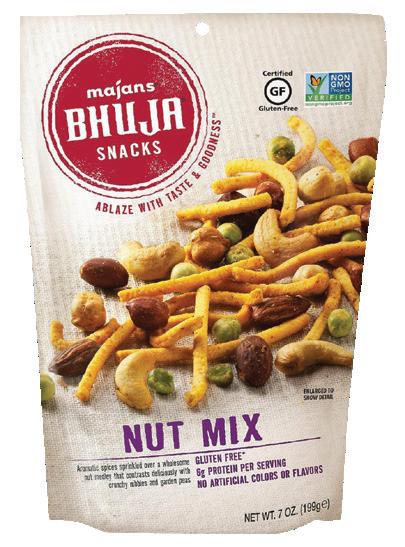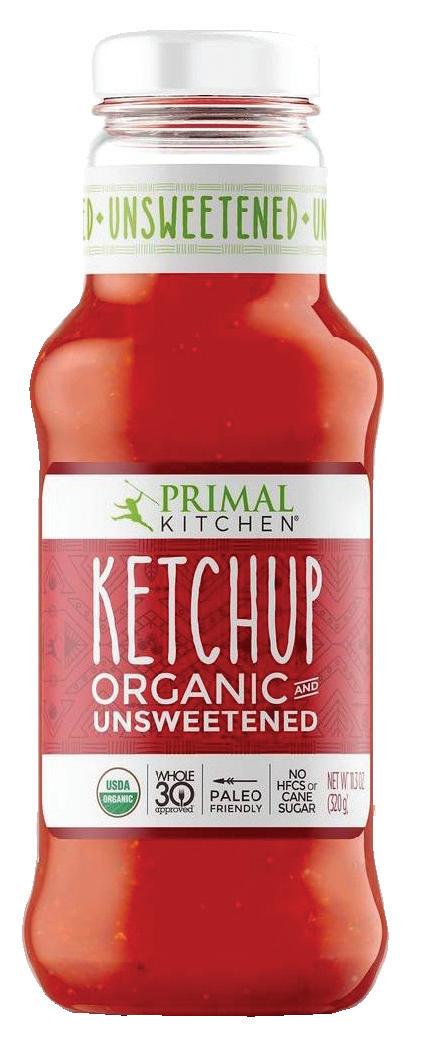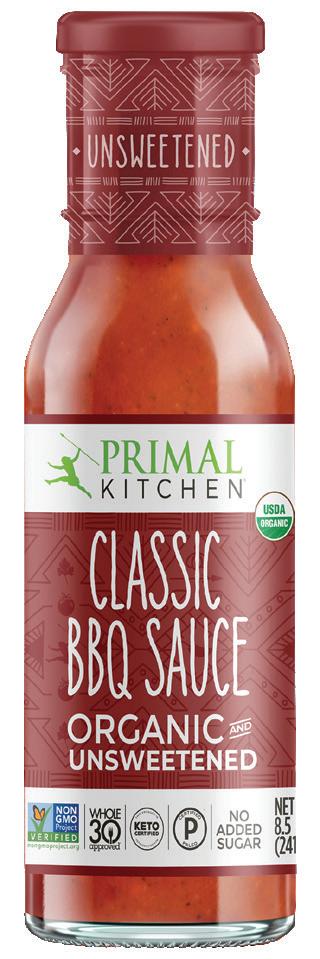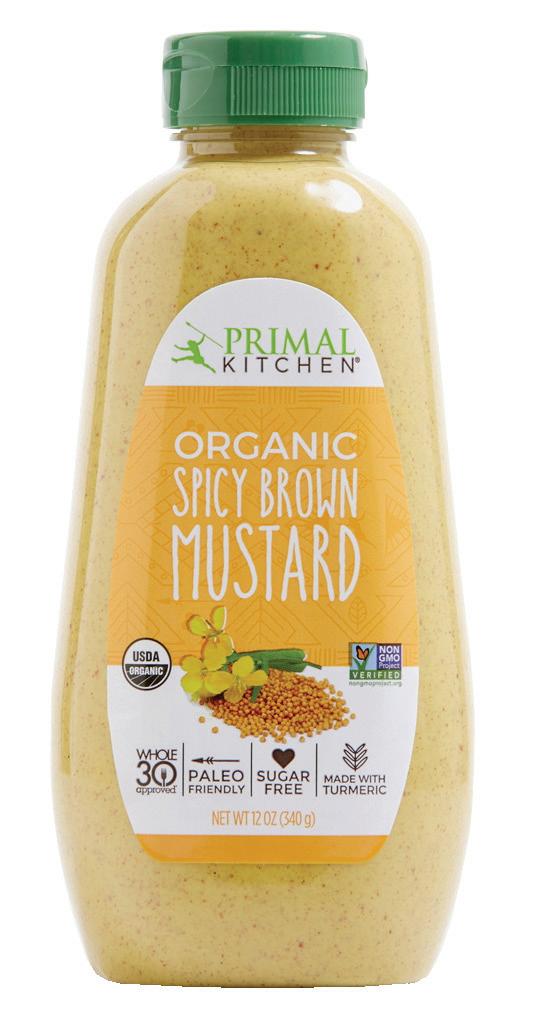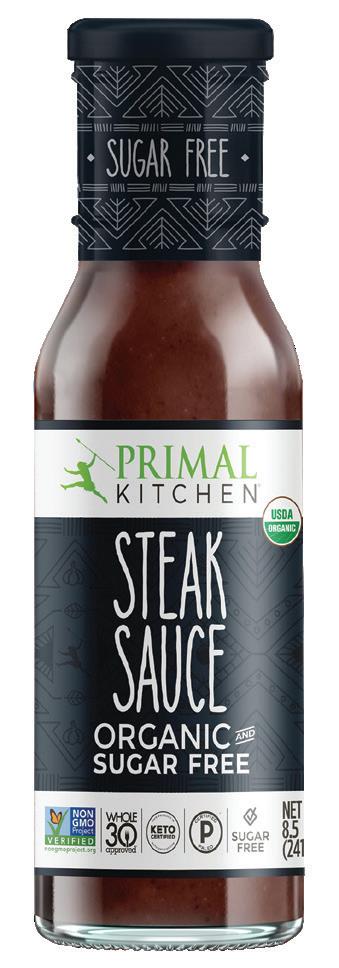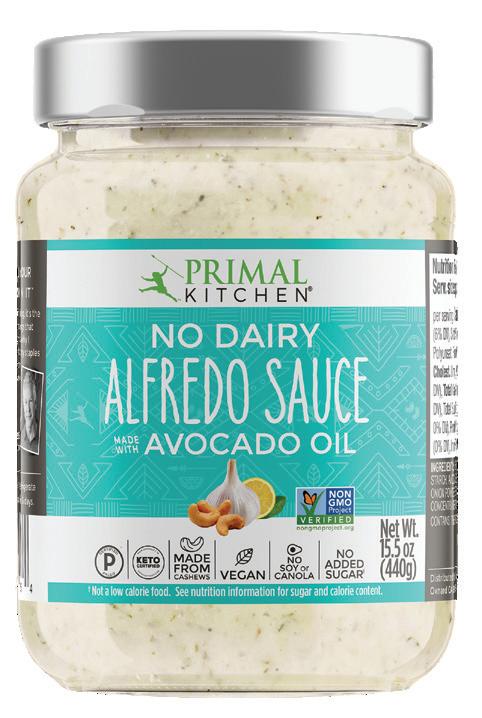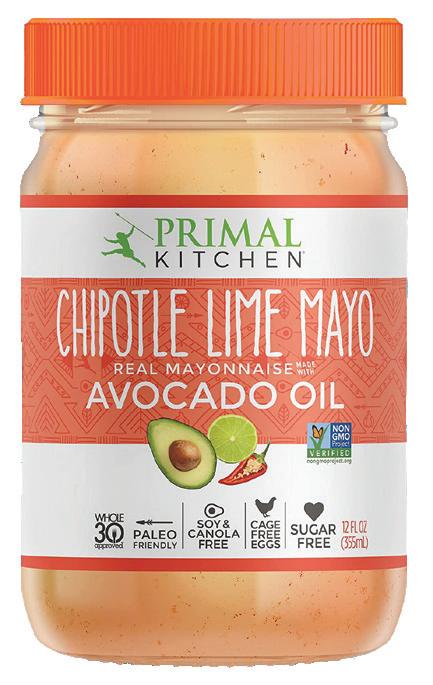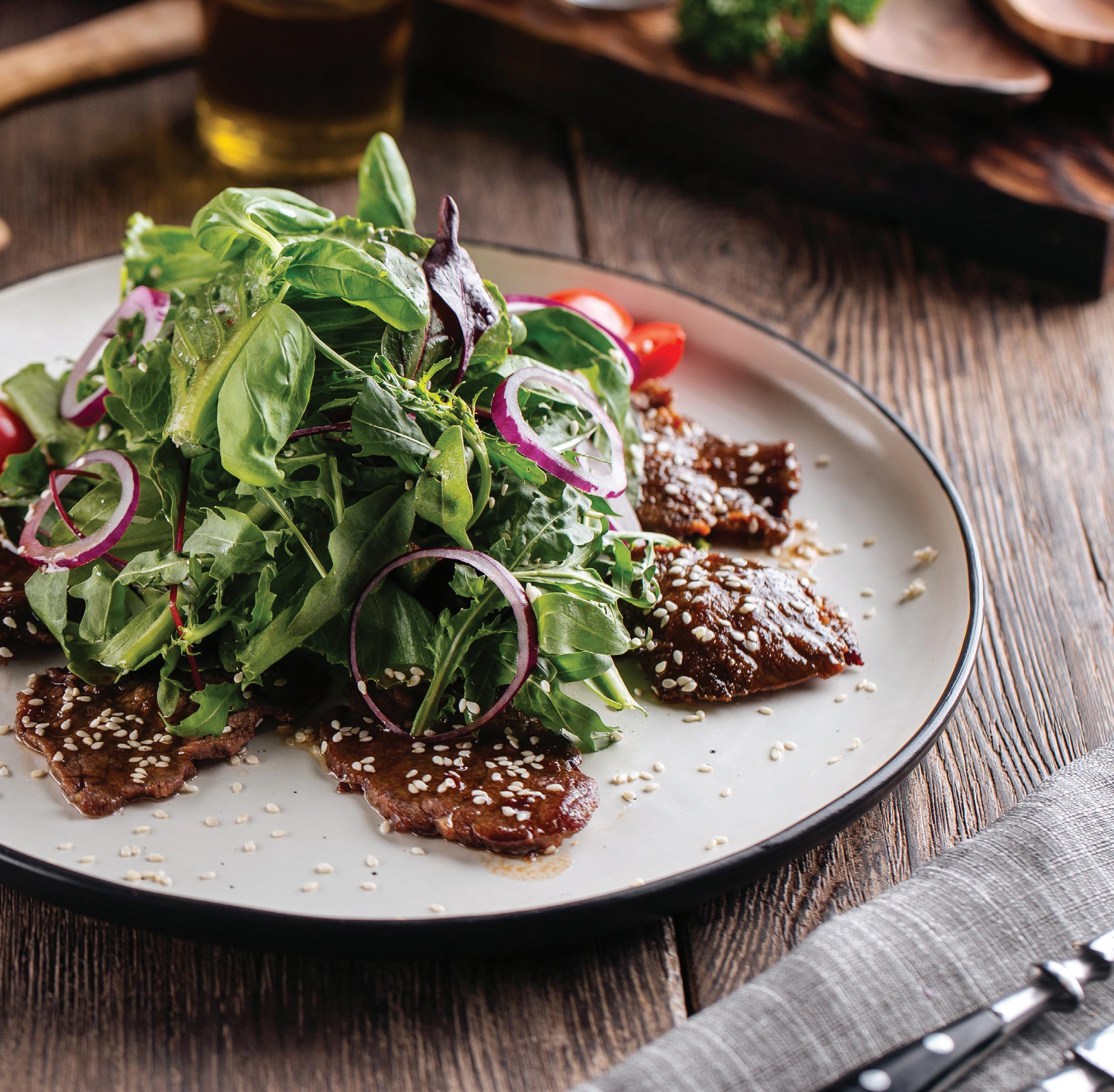

vitamin C
Vitamin C, also known as L-ascorbic acid, is an essential, water-soluble vitamin found in fruit and vegetables. Humans, unlike other animals, cannot synthesize vitamin C in their bodies, so it must be obtained through diet or supplementation.

Long before vitamin C was identified and named, sailors realized that taking citrus fruit on long ship journeys fended off scurvy—a disease caused by vitamin C deficiency and characterized by fatigue, connective tissue weakness, and capillary fragility.
An important antioxidant, vitamin C is capable of regenerating other antioxidants in the body. It also ensures proper immune function, improves
absorption of nonheme iron, controls infection, neutralizes free radicals, and heals wounds. Despite common practices, taking megadoses of vitamin C will not cure the common cold. When taking doses upward of 1,000 milligrams, the body reduces its absorption of vitamin C by 50 percent. However, taking at least the recommended dietary allowances of vitamin C may ease cold-related symptoms. ●
SELECTED SOURCES “Vitamin C,” Harvard T.H.Chan School of Public Health, www.hsph.harvard.edu, 3/20 • “Vitamin C fact sheet for health professionals,” Office of Dietary Supplements, National Institutes of Health, https://ods.od.nih.gov, 2/27/20

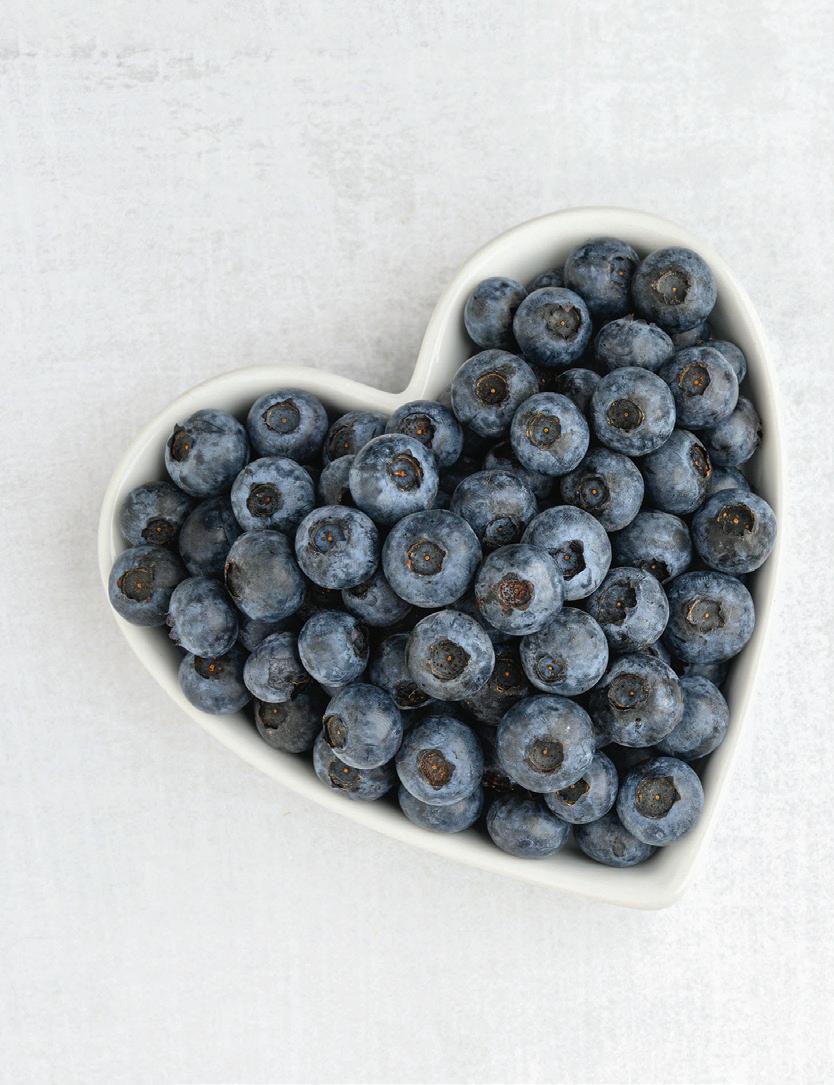

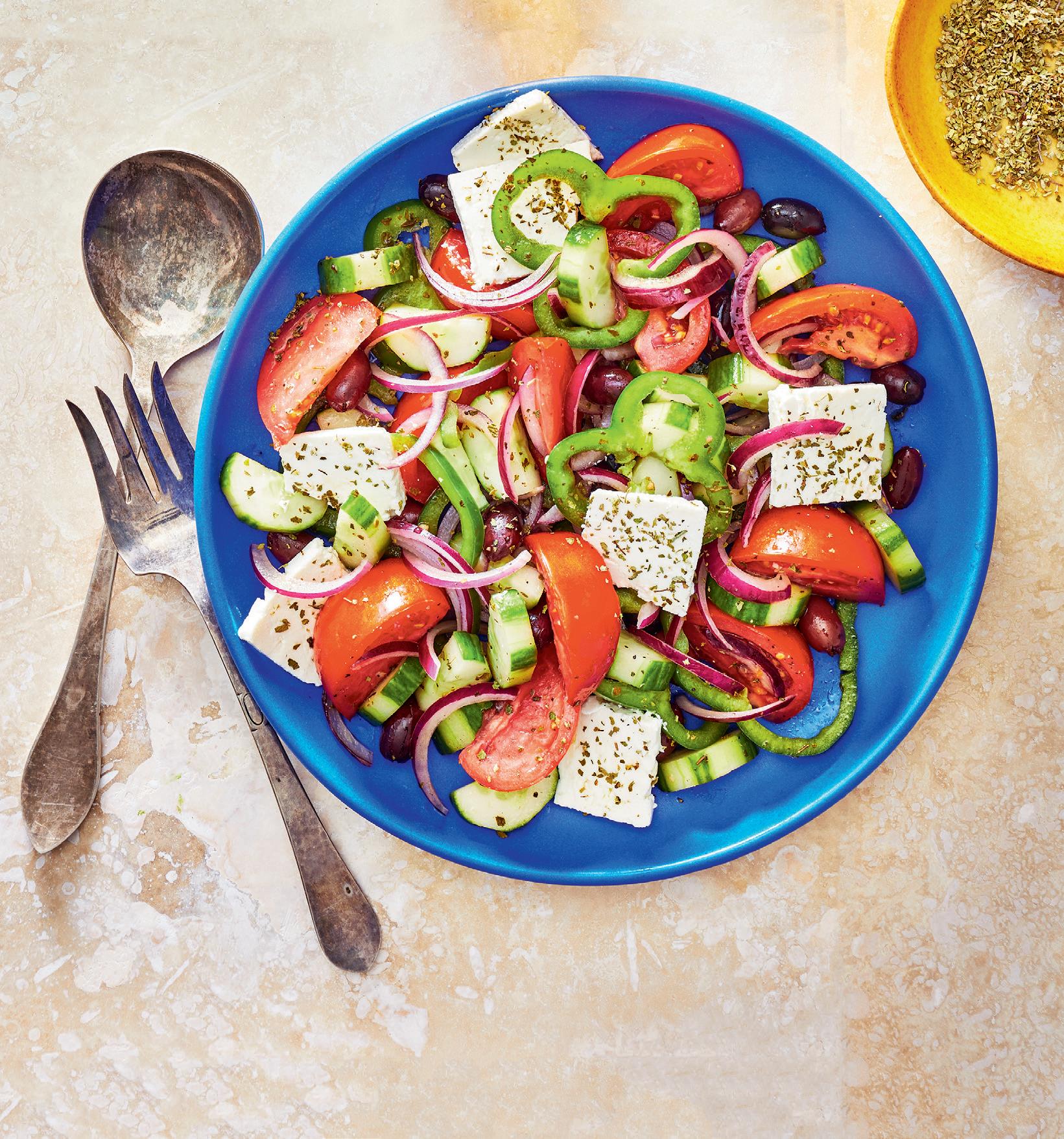
chief content officer and strategist Lynn Tryba (Lynn.Tryba@TasteforLife.com)
contributing editors Lisa Fabian, Rich Wallace associate editor Kelli Ann Wilson art director Michelle Knapp custom graphics manager Donna Sweeney

chief marketing and development officer Amy Pierce customer service 800-677-8847
CustomerService@TasteforLife.com
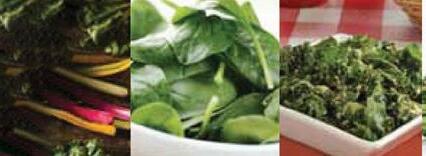
client services director - retail Judy Gagne (x128)


client services directoradvertising & digital Ashley Dunk (x190)
western brand promotions director Shannon Dunn-Delgado 415-382-1665
vice president – group brand promotions Bob Mucci 603-831-1868
vice president – retail sales and strategic partnerships Anna Johnston (Anna.Johnston@TasteforLife.com)



retail account manager Allen Gold 800-677-8847 (x111)

founder and chief executive officer T. James Connell
creative and sales offices 155 Washington Street Keene, NH 03431 603-283-0034
Published monthly by Taste for Life®, 155 Washington Street, Keene, NH 03431, 603-283-0034 (fax 603-283-0141); © 2023 Connell Communications, Inc. All rights reserved. This magazine is not intended to provide medical advice on personal health conditions, nor to replace recommendations made by health professionals. The opinions expressed by contributors and sources quoted in articles are not necessarily those of the editor or the publisher. Advertisers and advertising agencies assume liability for all content of advertising and for any claims arising therefrom. Information appearing in this magazine may not be reproduced in whole or in part without express permission of the publisher.

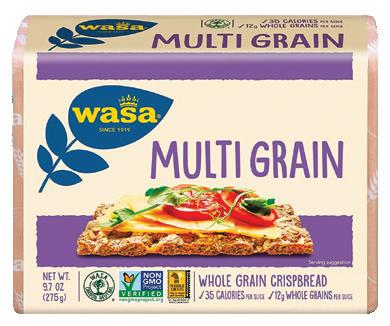
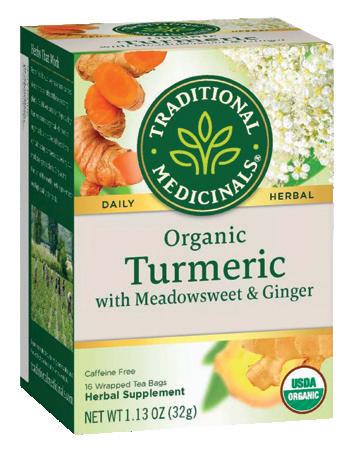
The inks used to print the body of this publication contain a minimum of 20%, by weight, renewable resources.


Printed in the US on partially recycled paper.
For more health and wellness resources visit

a note on recipes
Nutritional analysis from Edamam. Nutritional values vary depending on portion size, freshness of ingredients, storage, and cooking techniques. They should be used only as a guide. Star ratings are based on standard values (SVs) that are currently recommended: ★★★★★ Extraordinary (50 percent or better), ★★★★ Top source, ★★★ Excellent source, ★★ Good source, ★ Fair source



Mango & Berry Chia Pudding
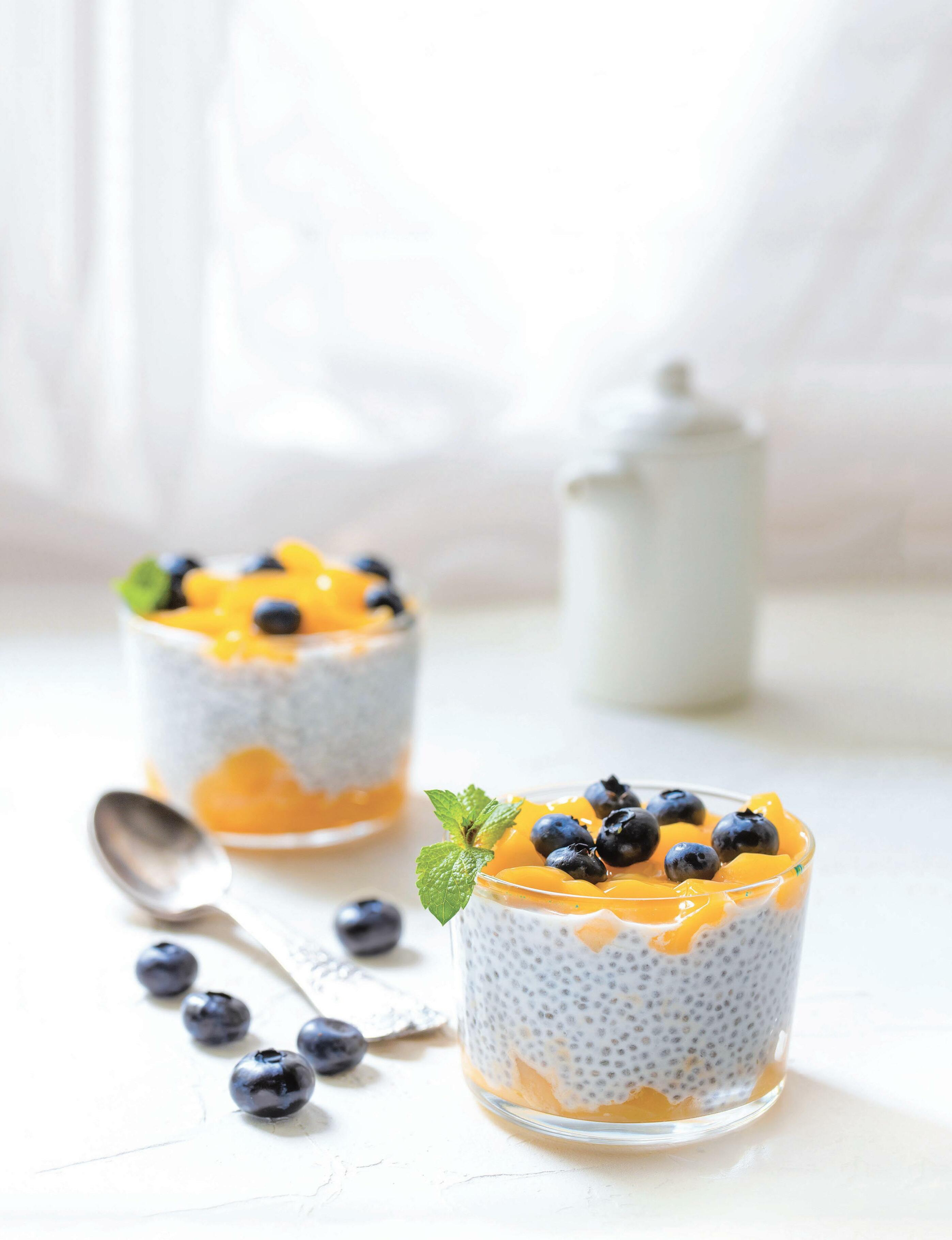
From
Natural Harry by Harriet Birrell ($29.99, Hardie Grant, 2022)Pudding
3 c unsweetened coconut milk beverage
1 c chia seeds
3 mango cheeks,* peeled and diced
½ tsp vanilla powder**
Toppings
1½ c coconut yogurt
1 c mixed berries, fresh or frozen
1 mango cheek, peeled and diced
1. Combine all pudding ingredients in a large jar or bowl and stir well. Leave to stand for 10 minutes before stirring once more. Place in refrigerator overnight.
2. In the morning, divide pudding between four bowls (or jars if you are taking breakfast away). Top with yogurt, and then sprinkle with berries and mango pieces.
*Mango cheeks are the fleshy sides on either side of a mango pit. Since this recipe calls for 4 mango cheeks, you will need 2 whole mangoes.
**You can substitute vanilla extract for the vanilla powder.
Kitchen Note: On their own, chia seeds do not have a lot of flavor, but they are packed full of important nutrients that the body loves. They are filling and sustaining, and when combined with other nutritionally dense and tasty ingredients, they transform into this creamy breakfast pudding that is super easy to prepare.
Per serving: 465 Calories, 13 g Protein, 61 g Carbohydrates, 36 g Total sugars (0 g Added sugars), 21 g Fiber, 22 g Total fat (7 g sat), 63 mg Sodium, ★★★★ Calcium, Magnesium, ★★★ Vitamin B1 (thiamine), B3 (niacin), C, Phosphorus, ★★ Vitamin B2 (riboflavin), Folate, Iron, Zinc, ★ Vitamin A, B6, B12, E, K, Potassium
bursting with health
Adding a few bursts of activity to your exercise routine might pay dividends. A new study from Australia determined that vigorous two-minute bursts totaling 15 minutes a week lowered the risk of death.
“Given that lack of time is the most commonly reported barrier to regular physical activity, accruing small amounts sporadically during the day may be a particularly attractive option for busy people,” said study author Matthew Ahmadi, PhD.
The study tracked more than 70,000 healthy older adults for about seven years.

SELECTED SOURCES “Short bursts of vigorous activity linked with increased longevity,” European Society of Cardiology, 10/27/22 • “Vigorous physical activity, incident heart disease, and cancer: How little is enough?” by M.N. Ahmadi et al., European Heart Journal, 10/28/22
Did You Know?
New research links neighborhood walkability—a measure of how easy and safe it is to walk to resources for daily living, such as supermarkets, pharmacies, schools, and places of work—to reduced cardiovascular disease burden and risk. The American Heart Association cites cardiovascular disease as the leading cause of death in the US and worldwide.
SOURCE “Walkable neighborhoods may pave way to less cardiovascular risk,” American Heart Association Scientific Sessions 2022

got vitamins?
Adults with higher levels of certain vitamins appear to have fewer respiratory issues.


Researchers looked at the vitamin intake from food and supplements of more than 6,000 participants. Those who reported respiratory complaints were generally older and were less likely to take supplemental vitamins A, C, D, or E. Previous studies have shown that those vitamins support the normal functioning of the immune system.
The researchers asked participants about infectious and noninfectious conditions such as colds, chronic obstructive pulmonary disease, and asthma.
SOURCE “High vitamin A, E, and D intake linked to fewer respiratory complaints in adults,” BMJ Nutrition Prevention & Health, 10/27/20
colorful eating enhances memory
Eating colorful fruits and vegetables has been linked to a lower risk of memory loss in men. Leafy greens, dark orange and red vegetables, berries, and orange juice appeared to boost thinking and memory skills. Researchers tracked diet and health results from more than 27,000 men with an average age of 51 at the beginning of the 20-year study.
Participants were divided into five groups depending on their self-reported fruit and vegetable consumption. The highest group ate about six servings of vegetables per day and three servings of fruit; the lowest sector ate about two servings of vegetables and half a serving of fruit.
Men who ate the most vegetables were 34 percent less likely to develop poor thinking skills than those who ate the least. Men who drank orange juice every day were 47 percent less likely to experience decline compared to those who drank little.
SOURCE “Orange juice, leafy greens and berries may be tied to decreased memory loss in men,” American Academy of Neurology, 11/21/18







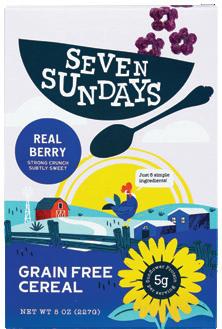
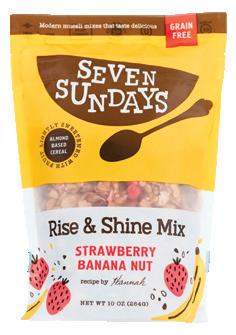





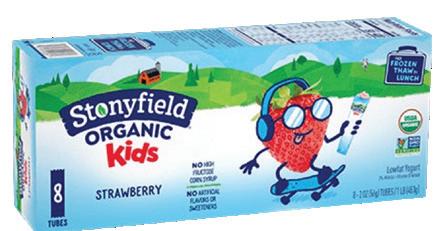

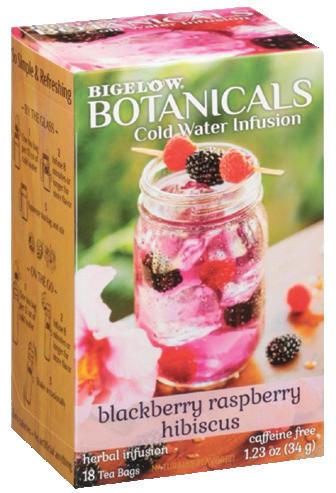



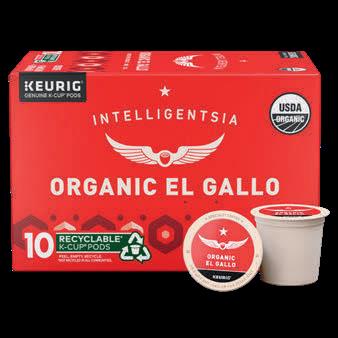





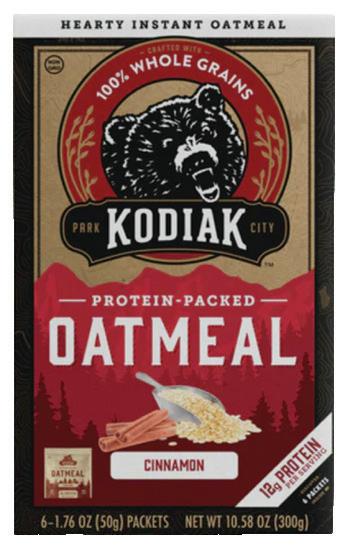
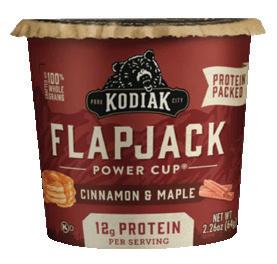


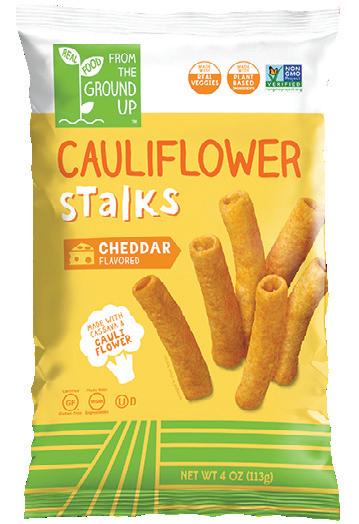


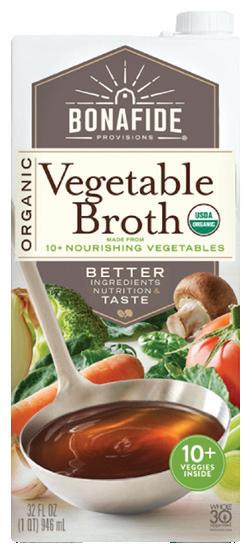

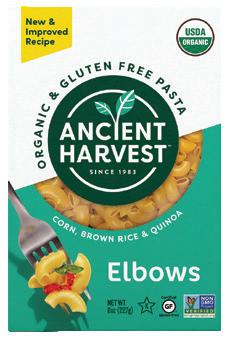




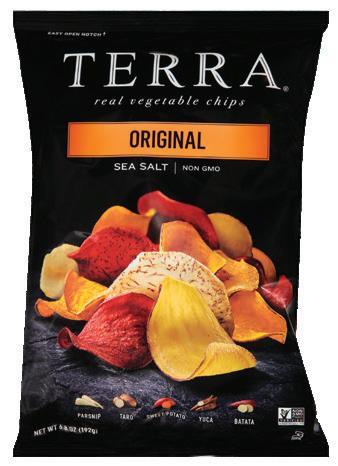
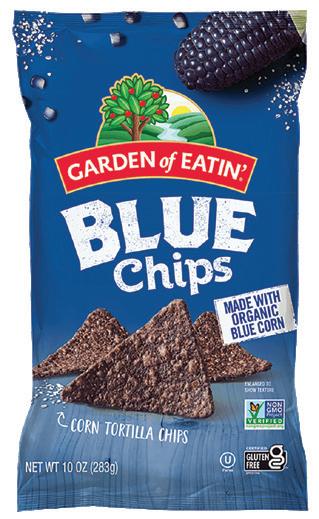


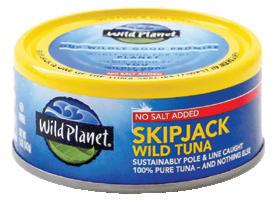
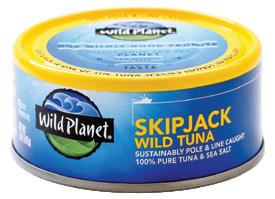

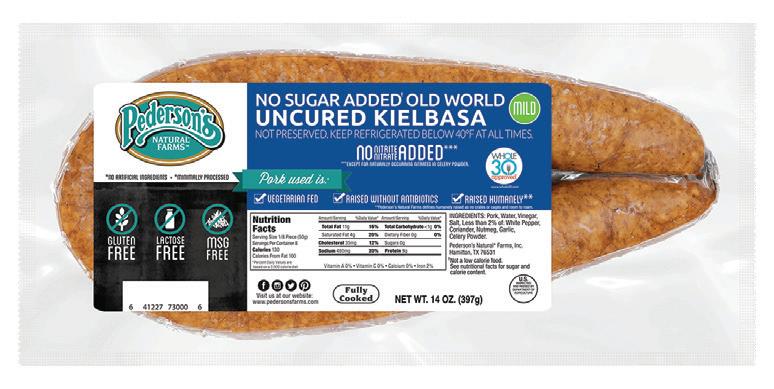



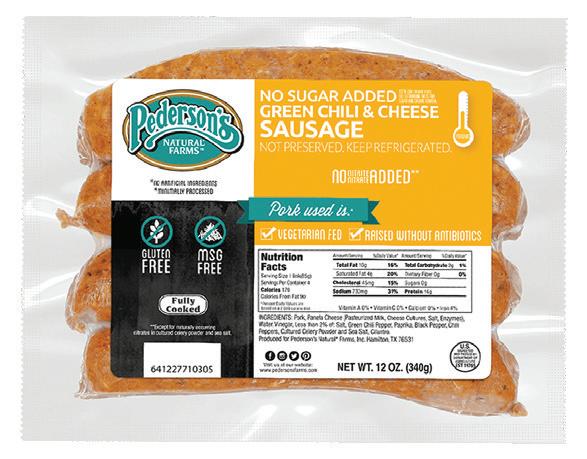
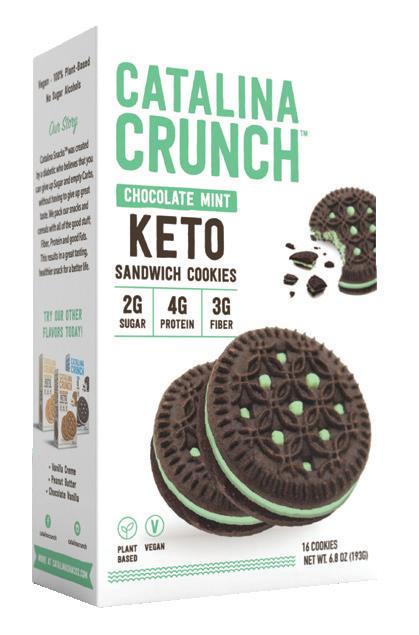
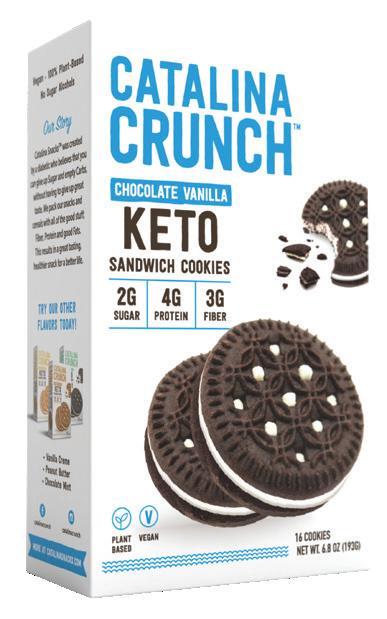
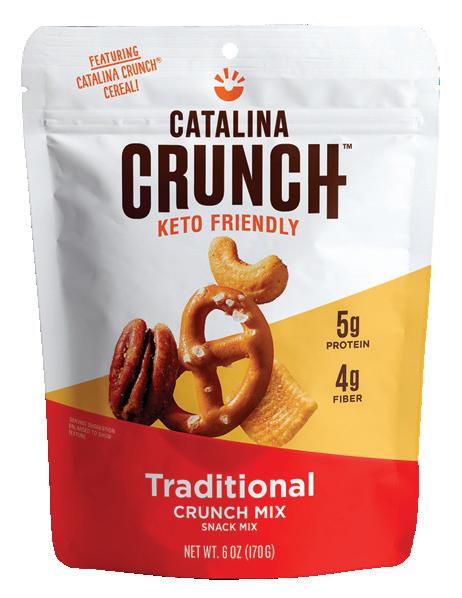
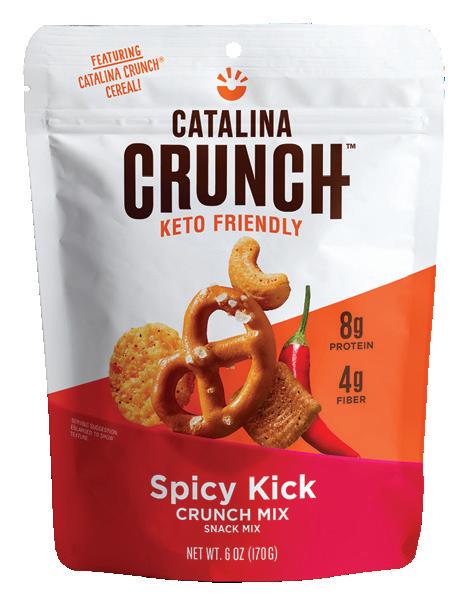
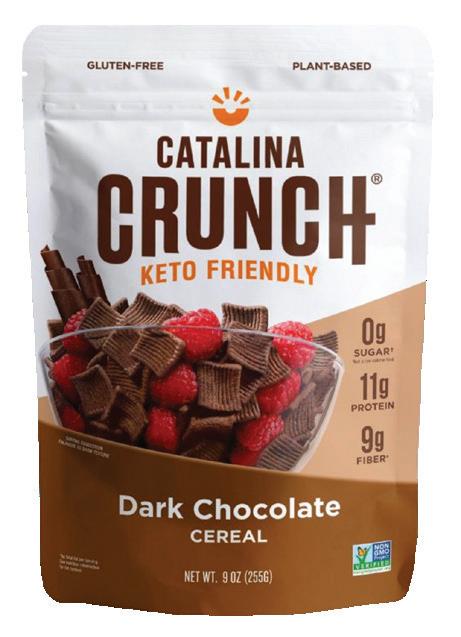
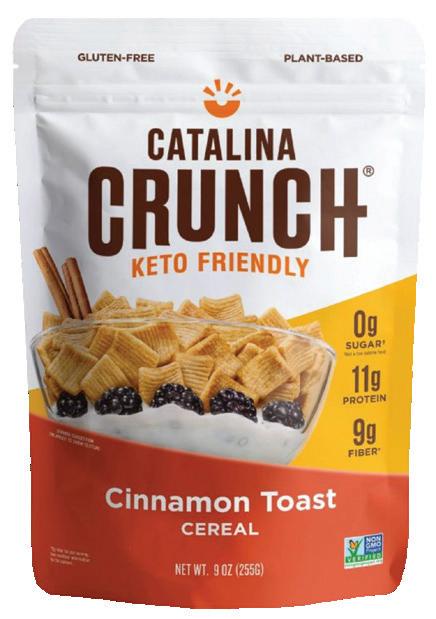
the diet Med i terranean
The beginning of a new year finds many of us adopting healthier eating plans. Why not try the Mediterranean diet with its focus on whole grains, seafood, fruits, vegetables, and healthy oils? These recipes will get you started.
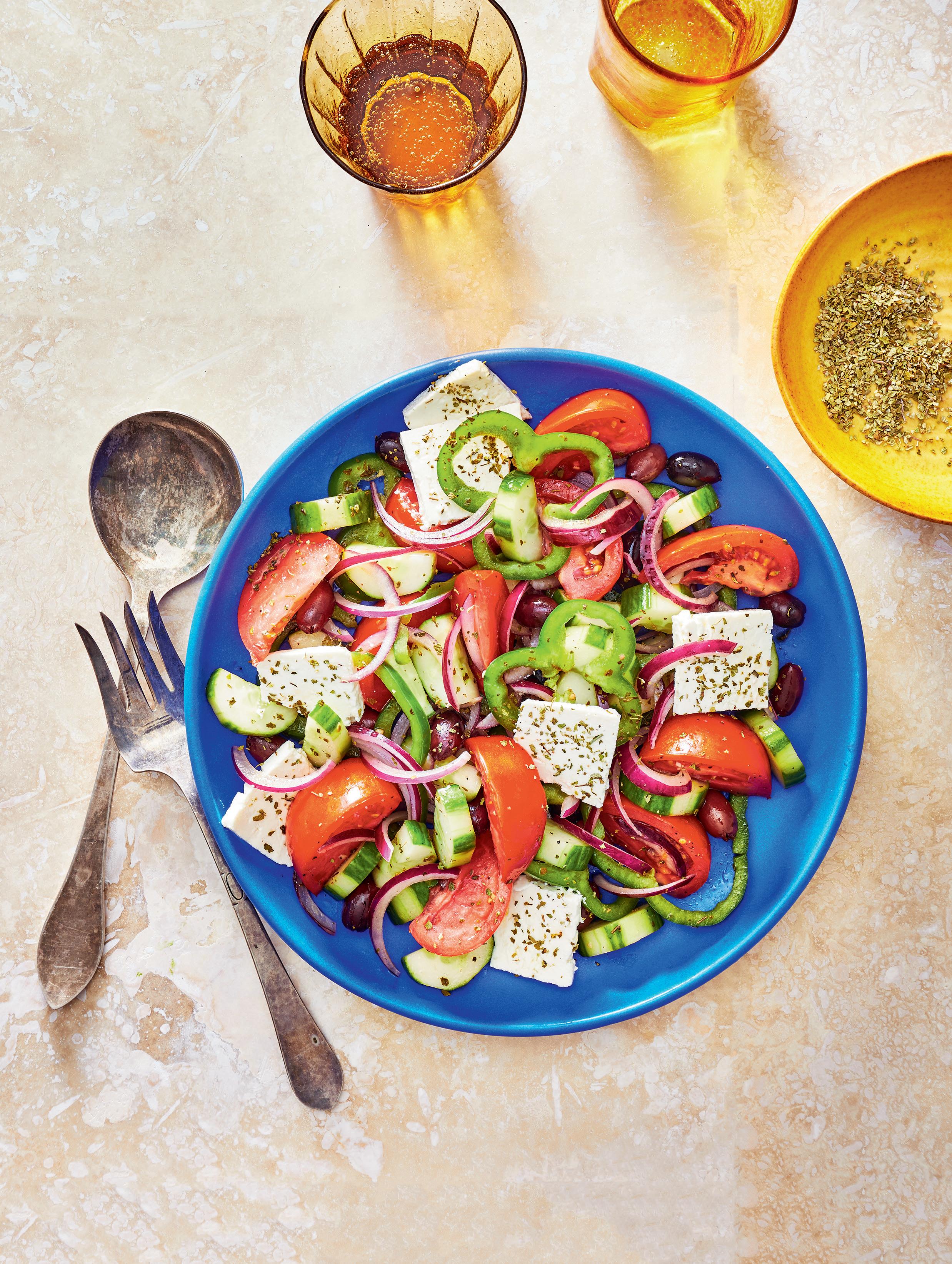
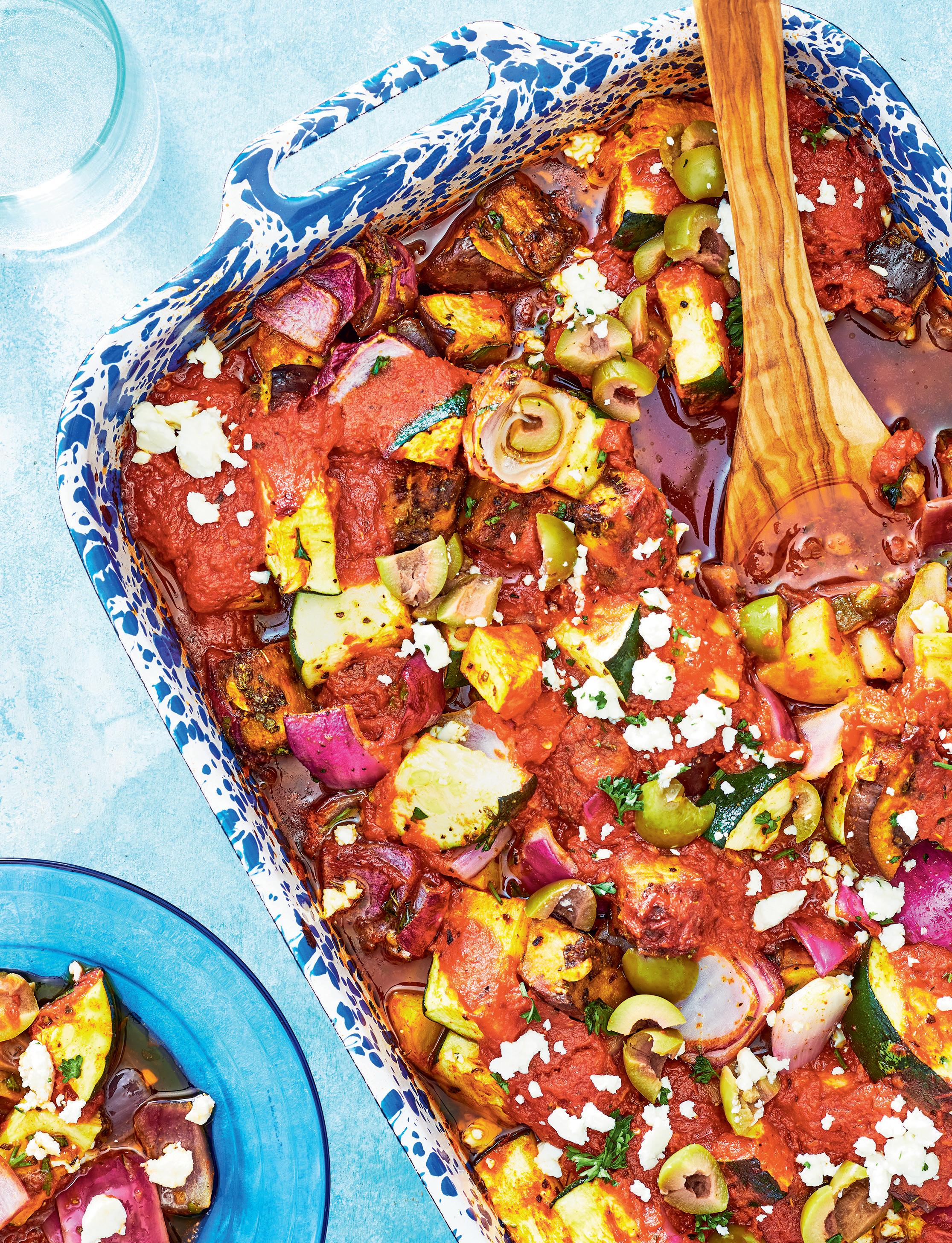
Greek Horiatiki Salad
From The Mediterranean Dish by Suzy Karadsheh ($32.50, Clarkson Potter/ Publishers, 2022)
4 vine-ripened medium tomatoes (about 1¼ lb)
1 English (hothouse) cucumber, partially peeled (in stripes)
1 green bell pepper, cored and seeded
1 medium red onion
Handful of pitted whole kalamata olives
Kosher salt
½ Tbsp dried oregano, plus more if you like Extra-virgin olive oil
2 Tbsp red wine vinegar
1 block (about 6 oz) high-quality Greek feta cheese
Crusty bread, for serving
1. Cut tomatoes into wedges or large round slices or some of both.
2. Cut cucumber in half lengthwise, and then slice crosswise into ½-inchthick half-moons. Slice bell pepper into rings. Cut red onion in half and thinly slice crosswise into half-moons.*
3. Place tomatoes, cucumber, bell pepper, and onion in a large salad dish or shallow bowl. Add olives. Season lightly with salt (olives add natural saltiness) and oregano.
4. Pour about ¼ cup of the olive oil and the vinegar over salad. Give everything a gentle toss to mix (do not overmix; this salad is not meant to be handled too much).
5. Break feta into smaller blocks and arrange them on top of salad. Add a sprinkle more of oregano, if desired. Serve with crusty bread, if you like.
*To tone down the harsh taste of the onion, you can put the slices in a bowl and cover with ice water and a bit of red wine vinegar to soak for 5 minutes or so. Drain before using in the salad.
Per serving: 615 Calories, 23 g Protein, 86 g Carbohydrates, 15 g Total sugars (0 g Added sugars), 6 g Fiber, 20 g Total fat (8 g sat), 1,299 mg Sodium, ★★★★★ Vitamin B1 (thiamine), B2 (riboflavin), B3 (niacin), C, Folate, Phosphorus, ★★★★ Vitamin B6, ★★★ Vitamin B12, Calcium, Iron, ★★ Vitamin K, Magnesium, Zinc, ★ Vitamin A, E, Potassium
Messy Vegetable Briam
From The Mediterranean Dish by Suzy Karadsheh ($32.50, Clarkson Potter/Publishers, 2022)
1 medium globe eggplant (about 1 lb), partly peeled to create a striped pattern and cut into 1-inch pieces
Kosher salt
2 medium zucchini (about 1 lb), cut into 1-inch pieces
3 medium Yukon Gold or other yellow potatoes (about 1 lb), peeled and cut into 1-inch pieces
1 large red onion, cut into 1-inch pieces
5 large garlic cloves, minced
2 tsp dried oregano
1 tsp sweet paprika
1 tsp ground black pepper
½ tsp ground cumin ½ c roughly chopped fresh flat-leaf parsley
Extra-virgin olive oil
1 (28 oz) can crushed tomatoes
Crumbled feta cheese, olives, bread, or rice, for serving
1. Place eggplant in a large colander in the sink. Sprinkle with about 1 teaspoon salt. Toss and let eggplant sit to “sweat out” its bitterness for 20 to 30 minutes, and then rinse briefly with water and dry well with paper towels.
2. Position a rack in the center of the oven and preheat oven to 400°.
3. Place eggplant, zucchini, potatoes, and red onion in a large bowl. Add garlic, oregano, paprika, black pepper, cumin, and a big pinch of salt (about ½ teaspoon). Add parsley and ¹⁄³ cup of olive oil, and give vegetables a good toss to make sure they’re evenly coated with oil and spices.
4. Spread half of tomatoes in a 9x13x2-inch baking pan (or 4-quart baking dish). Arrange vegetables evenly over tomatoes. Cover vegetables evenly with remaining tomatoes. Drizzle generously with more oil. Cover pan with foil, making sure foil is not touching vegetables. Bake for 45 minutes. Carefully remove foil and continue to bake until vegetables are very tender and caramelized in some parts, about another 30 minutes.
5. Serve with feta cheese, olives, and your favorite crusty bread, or over a bed of rice or other grain.
Per serving (briam alone): 355 Calories, 9 g Protein, 53 g Carbohydrates, 15 g Total sugars (0 g Added sugars), 12 g Fiber, 15 g Total fat (2 g sat), 328 mg Sodium, ★★★★★ Vitamin B6, C, K, ★★★ Folate, Phosphorus, Potassium, ★★ Vitamin B1 (thiamine), B2 (riboflavin), B3 (niacin), E, Iron, Magnesium, ★ Vitamin A, Calcium, Zinc
Side of Salmon with Blueberry & Dill Sauce
From Orchard by James Rich ($32.50, Hardie Grant, 2022)
1 (1 lb 14 oz) side of salmon Sea salt and freshly ground black pepper
1 lemon
½ oz dill, finely chopped
1 Tbsp maple syrup
2 tsp canola oil
For the Blueberry Sauce
10½ oz fresh or frozen blueberries
½ oz dill
2 Tbsp caster (superfine) sugar
1 Tbsp balsamic vinegar
To Serve
Roughly chopped dill Lemon wedges Pea shoots
1. Preheat oven to 350°. Line a large baking pan with parchment paper, add salmon, and season generously with salt and pepper.
2. Finely grate zest from lemon and combine in a small bowl with juice of half of lemon, the dill, maple syrup, and oil. Briefly whisk to combine before pouring over salmon, ensuring all flesh is coated in marinade.
3. Bake salmon for 20 to 25 minutes until flesh is just firm to the touch and marinade is starting to caramelize. Remove from oven and allow to rest for 5 minutes.
4. In the meantime, make blueberry sauce. Cook blueberries in a heavybottomed saucepan with dill, sugar, and balsamic vinegar over a medium heat until fruit starts to break down, stirring often. Then, simmer for 5 to 6 minutes until sauce is a thick, jammy consistency. Pour into a serving dish.
5. Transfer salmon onto a serving dish using parchment paper. Discard parchment paper and garnish salmon with more dill, lemon wedges, and pea shoots. Serve with blueberry sauce.
Per serving: 369 Calories, 30 g Protein, 15 g Carbohydrates, 12 g Total sugars (6 g Added sugars), 2 g Fiber, 21 g Total fat (4 g sat), 282 mg Sodium, ★★★★★ Vitamin B3 (niacin), B6, B12, Phosphorus, ★★★ Vitamin E, ★★ Vitamin B2 (riboflavin), B1 (thiamine), C, ★ Vitamin K, Folate, Magnesium, Potassium


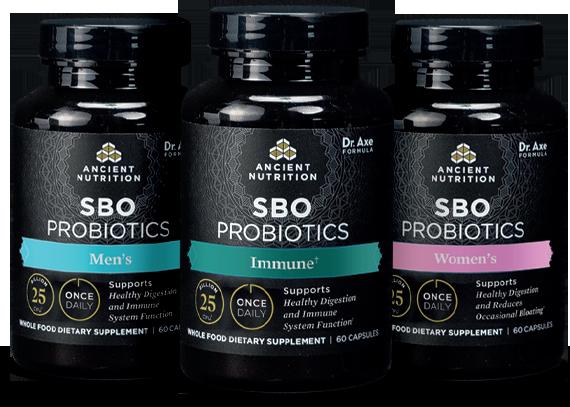

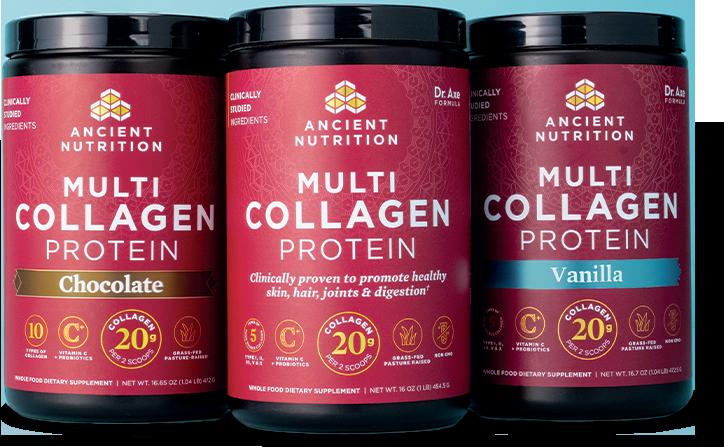
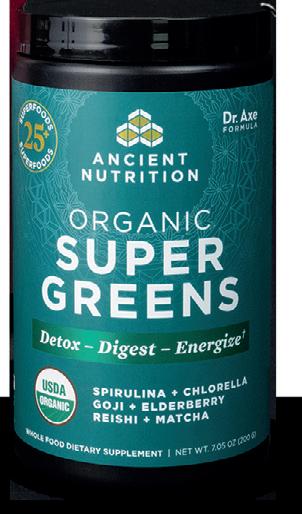
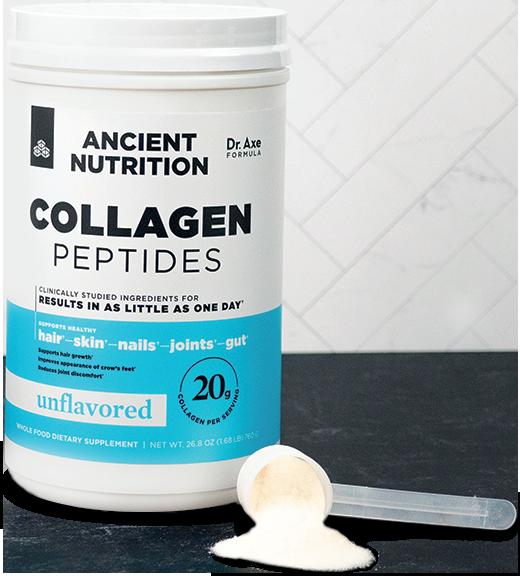
Seared Sirloin over Power Greens
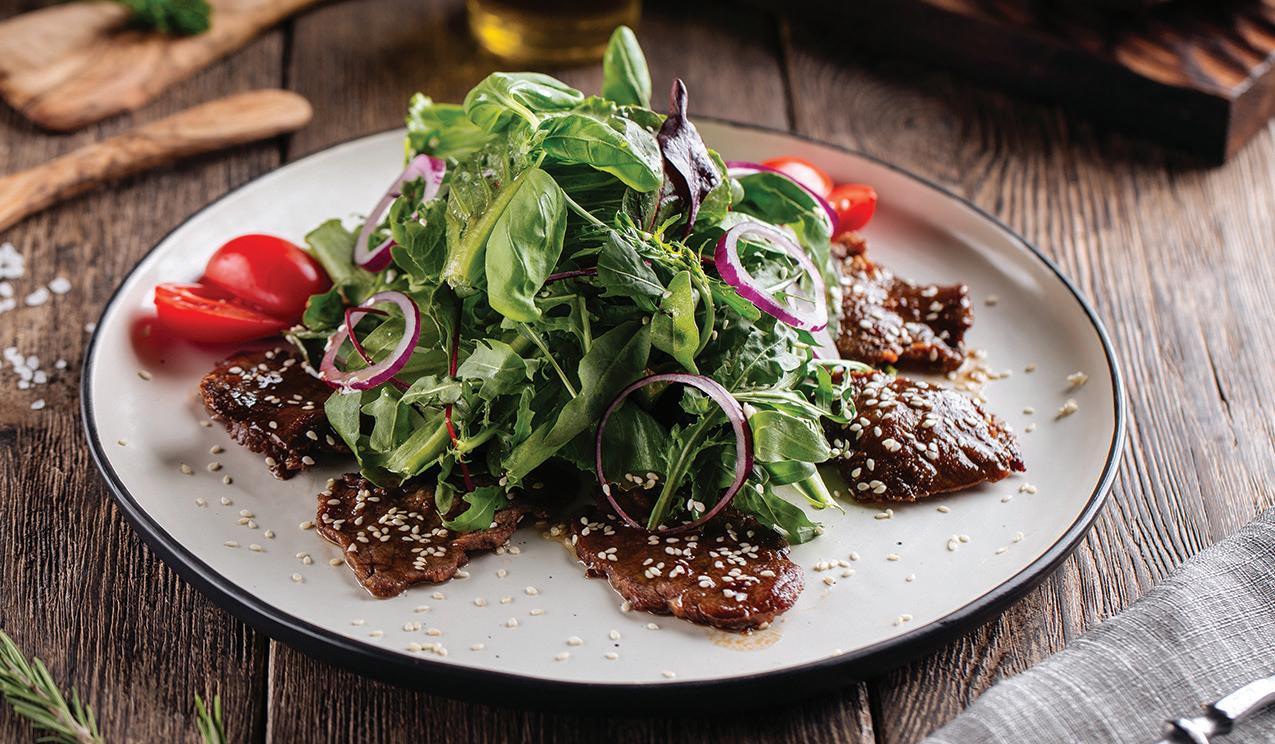
INGREDIENTS:
½ tsp ground black pepper
¼ tsp L&B Crushed Red Pepper Flakes
1 Tbsp garlic, minced 1 Tbsp rosemary, finely chopped
1 Tbsp Bragg Liquid Aminos ¹⁄³ cup Cabernet Sauvignon
¼ tsp sea salt

1½ pounds grass-fed boneless sirloin steak
2 tsp extra virgin olive oil, organic
4 Tbsp sweet cream butter, organic, unsalted
6 cups arugula, chopped, tightly packed
3 cups shiitake mushrooms, sliced
DIRECTIONS:
6 servings
1. In shallow container, combine first seven ingredients. Place steak in container and marinate 2-4 hours in the refrigerator, turning steak over mid-way through.
2. Preheat oven to 375 F. Before cooking, let steak come to room temperature for 30 minutes. In the meantime, prep all your ingredients so they are ready.
3. Heat a wide seasoned cast iron skillet to medium-high (smoking hot) heat on the stovetop. Remove steak from marinade, scraping off bits and pieces of seasonings back into marinade. Set the marinade aside for later use. Blot/dry the steak with a paper towel and season both sides with sea salt.
4. Add olive oil to pan and swirl to coat. Place steak in pan and do not touch for 3 minutes. After 3 minutes, using tongs, flip steak and add 2 tablespoons of butter to the pan. With spoon, constantly baste melted butter over steak for full 3 minutes.
5. Transfer pan to oven and cook steak to desired doneness. Remove steak to a serving dish and tent with foil. Allow to rest for 10 minutes.
6. Deglaze the pan with leftover marinade. Turn the heat back to medium-high. Add 2 tablespoons of butter, mushrooms and arugula. Allow to cook while steak is resting (10 minutes) stirring and turning the mixture throughout.
7. Slice steak on the bias and serve over greens and mushrooms.
L&B Chinese 5 Spice Blend — Warm, spicy-sweet flavors of ground cinnamon, star anise, fennel, clove, ginger, black pepper and white pepper. Also, shines in baked goods. No MSG. No additives or preservatives.

Ideas & Solutions — Primarily used to flavor Chinese stir-fries or beef, chicken, pork and duck dishes. For a new flavor twist, sprinkle it over oatmeal, or use it to make spiced nuts. Also delicious in a spice cake, or on the rim of a bourbon-based cocktail.

soothing scents essential oils for better sleep
Most of us experience trouble falling asleep now and then. But if you toss and turn more often than not, it may be time to add essential oils to your bedtime routine.
Soak away stress
Luxuriating in the tub is a great way to set the tone for a good night’s rest. Whether it’s your mind or your body that’s in need of soothing, take it to the next level with relaxing essential oils.
Use about 5 drops of your favorite essence in a full tub of water.*
Cinnamon is considered a warming spice, so fall and winter are the perfect times to use it in the bath.
Eucalyptus can help clear up the congestion of colds, but it can be used anytime. It’s soothing and nurturing and can help ease anxiety.
Lavender is calming and soothing, even for babies. Their moms like it too, especially combined with dried flowers like chamomile for a relaxing bath.

Peppermint essential oil diluted in a bath may help relieve irritated and inflamed skin.
*Note: You should never add essential oils directly into bathwater, advises Lora Cantele, author of The Complete Aromatherapy & Essential Oils Handbook for Everyday Wellness ($24.95, Robert Rose, 2014). Putting essential oil directly into a bath leaves the undiluted substance floating on the top of the water. It could then come into direct contact with the skin and potentially cause irritation and pain, Cantele explains.
Instead, while your tub is filling with water, mix a tablespoon of carrier oil like grapeseed with about 5 drops of essential oil in a nonreactive bowl. After the tub has filled and the water’s off, add the oils to your bath and stir the water. This method avoids the loss of any essences through evaporation. You could also use an unscented body wash or liquid castile soap in place of the carrier oil, Cantele says. ●
SELECTED SOURCES Aromatherapy for Life Empowerment by David Schiller and Carol Schiller ($19.95, Basic Health, 2011) • The Complete Aromatherapy & Essential Oils Handbook for Everyday Wellness by Lora Cantele ($24.95, Robert Rose, 2014) • Rosemary Gladstar’s Medicinal Herbs: A Beginner’s Guide by Rosemary Gladstar ($14.95, Storey Publishing, 2012) • Stephanie Tourles’s Essential Oils: A Beginner’s Guide by Stephanie L. Tourles ($16.95, Storey Publishing, 2018)
Sleep better with lavender
Research shows that lavender essential oil may help you get better sleep. One study found that sleeping with a patch infused with lavender essential oil led to better sleep quality in a group of college students. They also reported less daytime fatigue and were more likely to wake feeling refreshed, compared to a control group.
Prior to the study, the students reported sleep issues such as difficulty falling asleep, frequent waking, or daytime sleepiness. Sleep problems have been linked to anxiety, depression, and high blood pressure.
Each night, participants applied an adhesive patch infused with lavender oil or no oil to their
chest. Both groups were coached on good “sleep hygiene” practices, including
• maintaining a regular sleep schedule
• avoiding fluid intake before bed
• avoiding food, caffeine, alcohol, and nicotine late in the day
• creating a relaxing bedtime routine
• exercising regularly.
“The persistent effect of lavender on sleep quality at two-week follow-up suggests a rebalancing or long-acting effect on the sleep cycle,” the authors concluded.
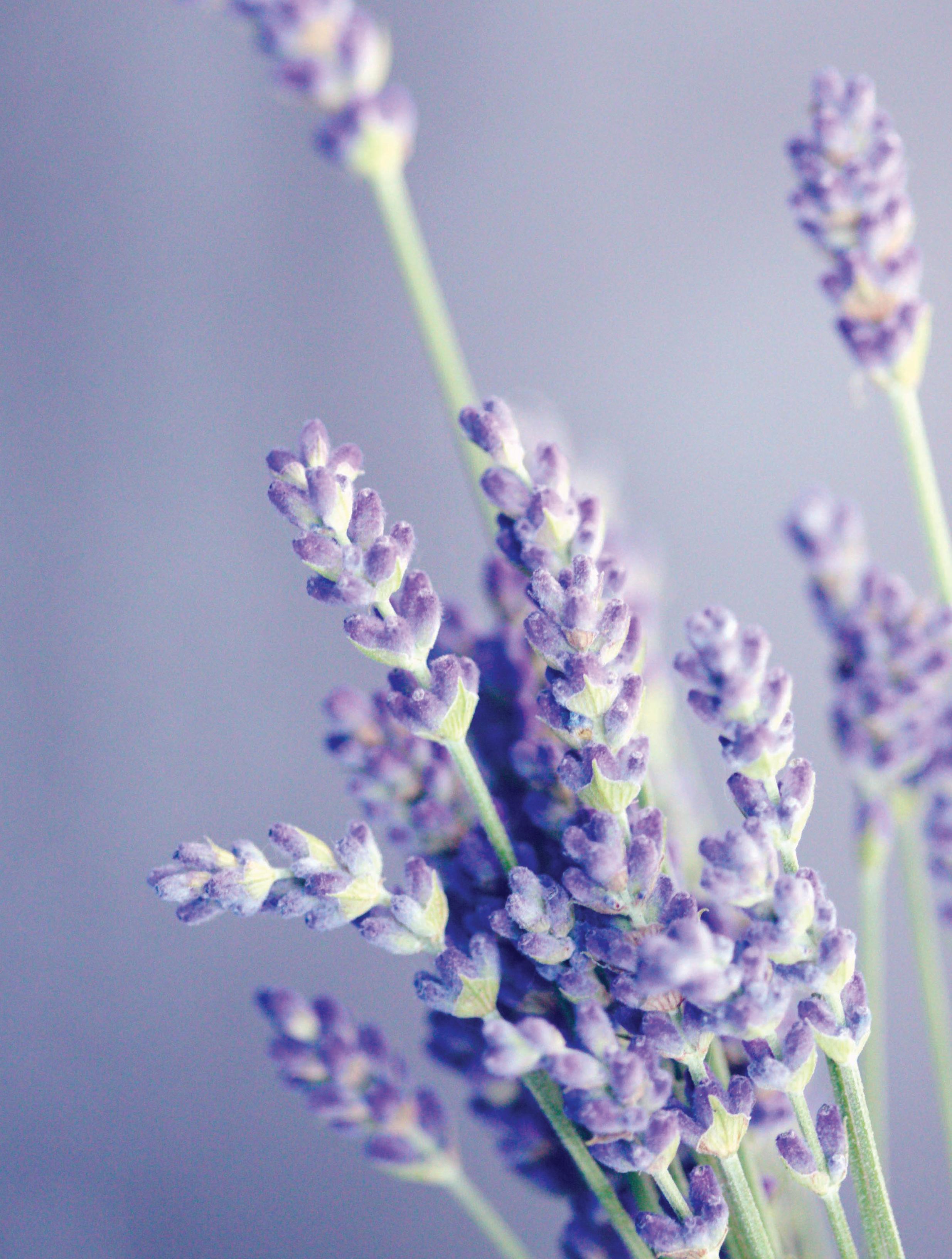
Supplements for sleep
There are several nutrients and other supplements that can help you to fall asleep, and stay asleep Here are a few to consider:
• Melatonin
• Chamomile tea
• L-theanine
• Magnesium
20 ways to SAVE!
Tips for buying groceries on a budget
Keep a list of your family’s favorite meals and develop your grocery list based on the ingredients you need to prepare them.
Plan meals around what’s on sale where you typically shop.
Don’t forget to account for leftovers, which can be used to make cost-effective lunches for work or school.
Before you head to the store, take an inventory of what you already have in your cupboards, fridge, and freezer so you don’t end up with duplicates.
If you forget something, don’t make another trip to the store— find a substitution or make do without it.
You can also see if you can find lower-cost alternatives—swap boneless chicken breasts for sirloin steak or consider cheaper store-brand versions.
Items on the top and bottom shelves may be cheaper than brand-name products, which tend to be placed at eye level.
Buying produce when it’s in season can be up to fifty percent cheaper. Stock up on seasonal favorites when they’re on sale and freeze them.
Consider buying berries in the freezer aisle. Frozen produce is picked when it’s ripe so it’s loaded with nutrients, and it’s typically cheaper than buying fresh in the off-season.
In the winter you’ll find discounts on soups and teas.
Many stores now have their own store-brand organic lines, which are usually priced lower than premium brands.
And it doesn’t always make sense to buy the organic version: If you’re going to peel it—think avocados and bananas—go conventional.
Save your organic dollars for produce that tends to have more pesticide residue like apples, strawberries, and spinach.
Buy a whole chicken and cut it up at home or buy in bulk and divide into smaller portions to store in the freezer
It’s best to shop by yourself— shopping with kids or a spouse can result in unplanned purchases.
Look at your last grocery receipt. Circle the ten items you buy the most and do a onetime price check at local stores to find the best deal on your family’s staples.
During the summer, stock up on picnic staples like condiments, meats for the grill, and paper goods.
Around Thanksgiving you’ll find sales on canned goods, stock, stuffing, and turkey, as well as ingredients for baking, like flour and sugar.
Skip the prepackaged deli meat and instead buy by the pound at the meat counter and have it sliced by the attendant.
Last, but not least: Resist impulse buys! ●

plan for success
make this the year you quit smoking
Giving up cigarettes is a process, not an event. Since there’s no “right way” to quit, coming up with an individual plan is your best first step if you want to quit smoking or using tobacco products. Here are some tips to help you get started:
✔ Pick a quit day within the next four weeks, mark it on your calendar, and tell your friends and family.

✔ Remove all tobacco products and ashtrays from your car, home, and workspace.
✔ Stock up on gum, carrot sticks, celery, nuts, seeds, and toothpicks. These can serve as oral substitutes when you get the urge to put a cigarette or tobacco product in your mouth.
✔ Ask family and friends not to smoke around you or leave tobacco products where you can see them.
✔ When quit day comes, stay busy, and drink lots of water. Avoid alcohol and situations that may make you want to smoke.
✔ When the urge to smoke strikes, try holding off for 10 minutes (repeat if needed), breathe deeply, take sips of water, or get up and move around. Cravings may be intense, but usually pass within ten minutes, whether you give in to them or not.
✔ Find ways to manage stress like taking a walk, getting a massage, or doing yoga.
Vaping: Not a safe alternative
Vaping, or electronic cigarette use, is sometimes presented to the public as a safer alternative to smoking. E-cigarettes heat and vaporize liquids for
inhalation and can contain a number of substances, nicotine and tetrahydrocannabinol (THC) being the most common.
E-cigarettes have also been linked to vitamin E acetate Commonly present in many foods and face creams, vitamin E acetate is benign when ingested or applied topically, but research has pointed towards the dangers of inhaling the substance, because it interferes with the lung’s normal functioning.
Nicotine, a chemical found in tobacco leaves, elevates the heart rate and has been linked to impaired cognitive development in adolescents. Nearly all vaping liquids contain nicotine, some offering less per puff than cigarettes, but most containing more. Just one cartridge of e-cigarette liquid typically contains the same amount of nicotine as an entire pack of cigarettes.
Adverse cardiovascular effects, damage to brain development, and highly addictive properties raise the stakes for teens and young adults. “Nicotine-free” products aren’t safe either: Some such products have been found to contain nicotine despite labeling that suggests the opposite.
In addition to nicotine, vape liquids contain flavor enhancers. The most appealing of these flavors often contain diacetyl, a chemical known to cause lung irritation and asthma-like diseases. Generally, vaping liquids also contain propylene glycol. Propylene glycol, when heated, undergoes a change that produces formaldehyde. ●
Benefits begin today!
Quitting smoking offers many health benefits. Some kick in immediately, while others are more long-term. Here’s a chart showing some of the ways your body recovers after smoking your last cigarette.
TIME SINCE LAST CIGARETTE HEALTH BENEFITS

20 minutes
Blood pressure and heart rate drop.
12 hours Carbon monoxide level returns to normal.
2 weeks to 3 months Circulation and lung function improve.
1 to 9 months Coughing and shortness of breath decrease.
1 year
Coronary heart disease risk is half that of a smoker’s.
5 years Stroke risk drops to that of a nonsmoker’s.
10 years Lung cancer risk is half that of a current smoker’s.
SOURCE “Benefits of quitting smoking over time,” American Cancer Society, www.Cancer.org, 11/10/20
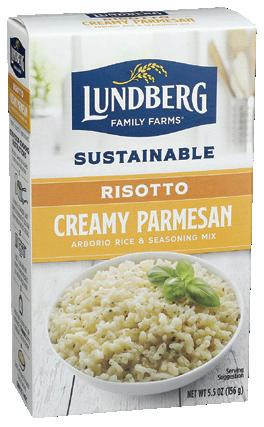
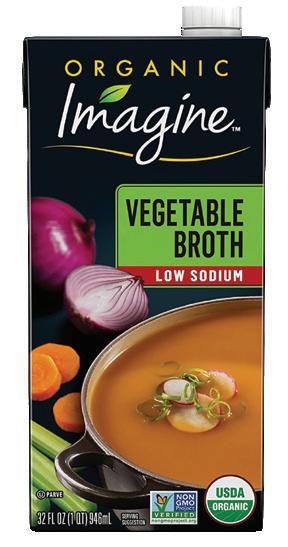
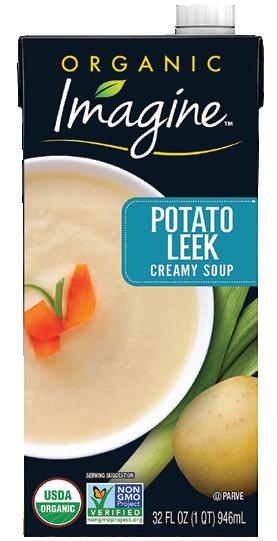

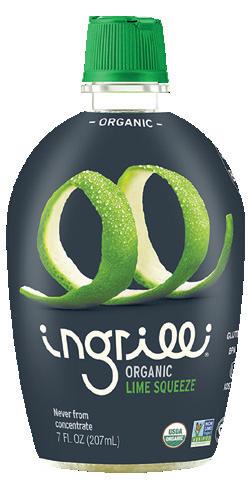


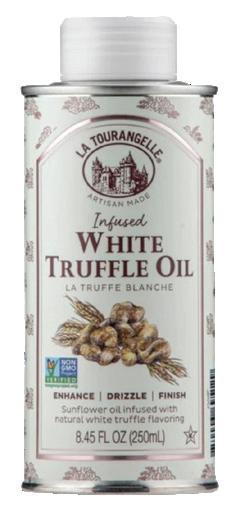
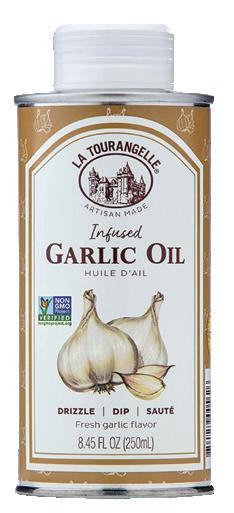

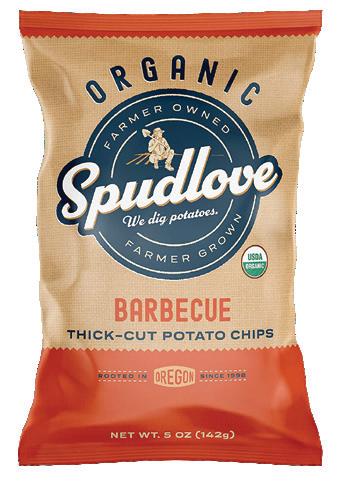
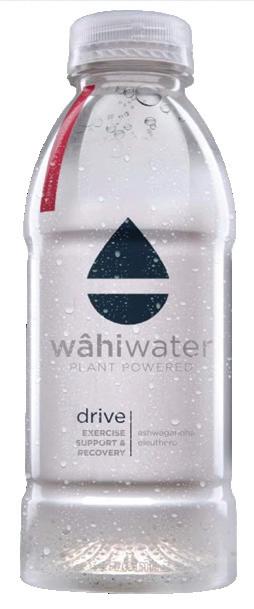

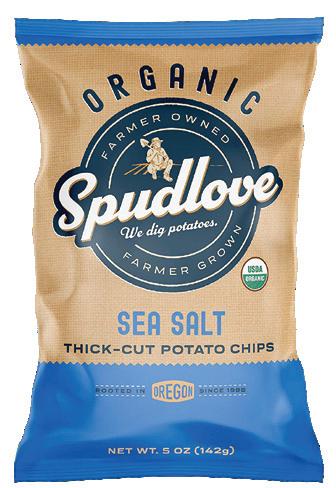

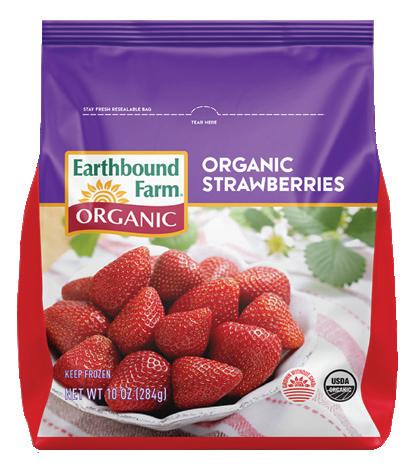
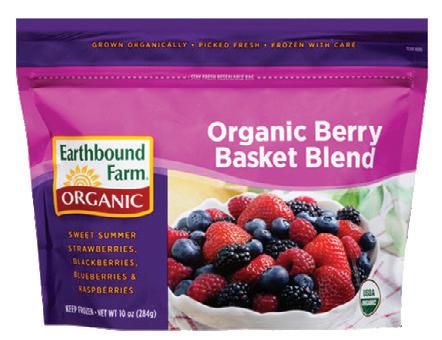
Dr. Praeger’s Purely Sensible Foods
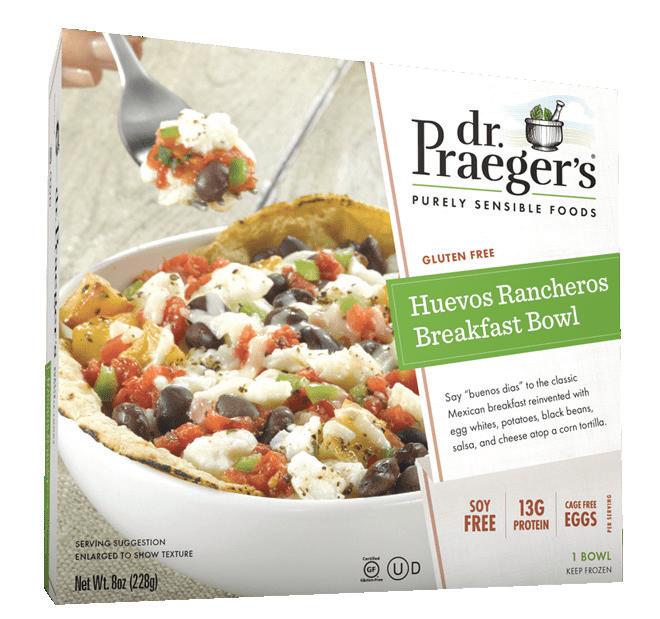
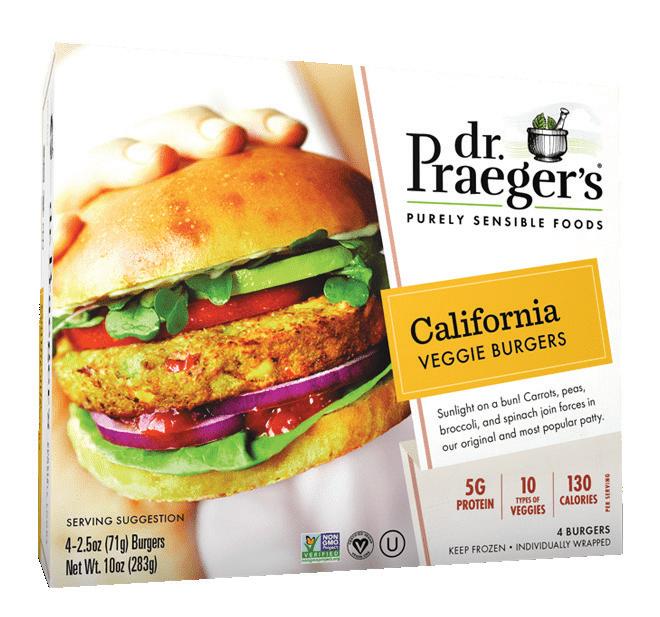
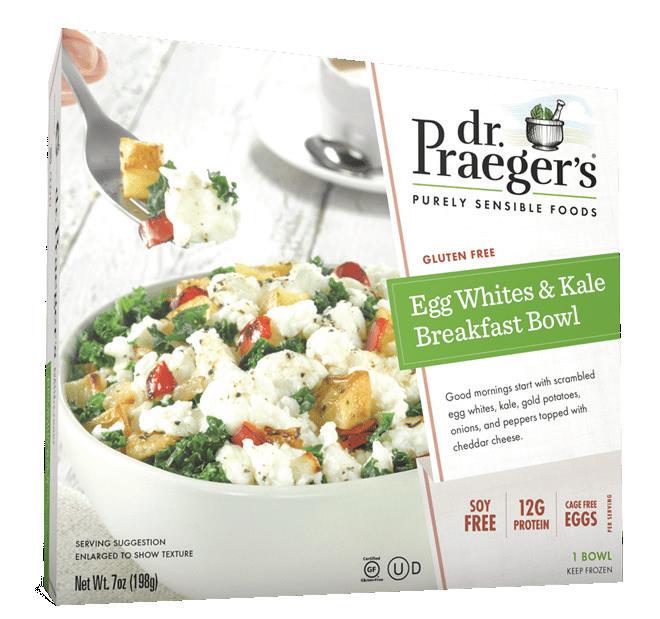
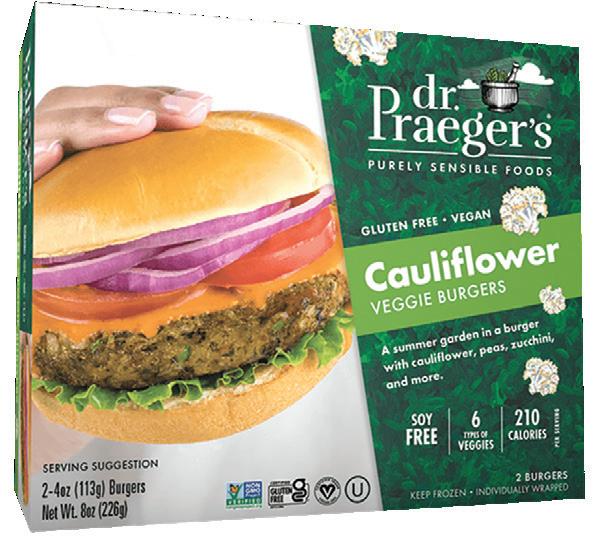


Walden Farms Calorie Free Dressings & Syrups


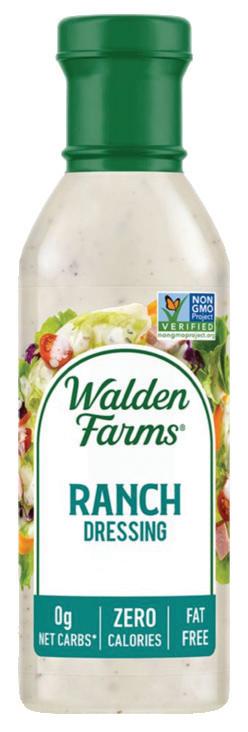



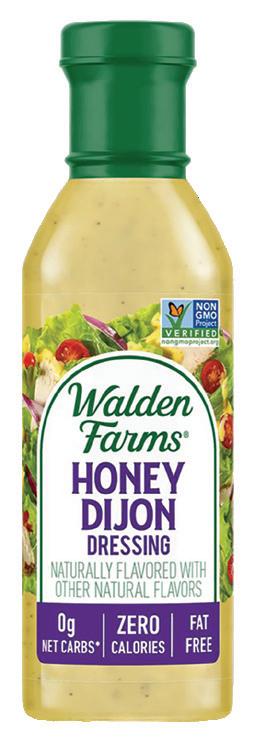


simmer down! making better soups and stews
Comforting, filling, and the essence of cold-weather comfort food, soups and stews are true one-bowl wonders. Here’s how to make the most satisfying pots.
Soups
Though soup is an extremely varied dish, it follows a basic formula: a little fat (cooking oil); aromatics (garlic, onion, ginger, leeks, celery); base ingredients (beans, legumes, veggies, grains); seasonings (salt and pepper, herbs, spices); and liquid (water, broth). Once you follow this structure, you can improve your soups with the following tips.
● Start with a splash of oil in a heavy-bottomed pot over medium heat. Add your choice of aromatics. Add seasonings, base ingredients, and liquid. Cook until the ingredient with the longest cooking time is tender. If adding leafy greens, do so toward the end of the cooking time. If desired, add vinegar, citrus juice, and fresh herbs to finish the soup.
● If you don’t have time to make a fresh batch of homemade beans or broth, don’t let this stop you from making a pot of soup. Instead, shop for canned items that contain whole foods with no fillers and less sodium.
● Prep ingredients beforehand. Some recipes have streamlined steps that require the ingredients be added quickly to the pot.
● Gently simmer soups. Most take anywhere from 30 minutes on up to 2 hours. If a soup is left to heat for too long, it can lose its texture and color.
● If your soup tastes bland or flat, add a spoonful of something acidic: lemon juice, lime juice, or vinegar.
● Soup too thick? Stir in water ¼ cup at a time until desired consistency is reached. Soup too thin? Keep cooking until the moisture reduces or try adding cornstarch or arrowroot to thicken it.
● To safely purée soup, fill the blender only ¾ the way full to allow for hot air expansion as the soup processes.
Stews
Hearty vegetables, tender meat, and savory herbs are the staples of a good stew. Here are some tips on making the best bowls.
● The basic formula for a stew is to sauté desired ingredients, stir in broth or water, cover the pot, and bring to a boil. Reduce heat, cover again, and simmer gently until the ingredients are fork tender and the stew has thickened.
● The classic flavor base of onions, carrots, and celery is a favorite in stews. Try swapping in caramelized onions or roasted garlic for the onions. Or add dried mushrooms instead of celery.
● Build flavor by browning meat and aromatic ingredients like garlic and onion. This technique leaves behind browned bits at the bottom of the pot that add complex flavors. Adding a splash of apple juice, broth, water, or wine helps loosen up these bits.
● Not every vegetable requires hours of cooking time. Hearty varieties like potatoes, winter
squash, carrots, and parsnips should be added at the beginning. Tender veggies like zucchini, fresh mushrooms, and bell peppers are best added within the last half-hour.
● Simmer rather than boil stews for the deepest flavor. If the meat is boiled in a stew, it can become tough.
● Don’t forget to flavor your stew with spices. Add dried spices at the start of the cooking process when you brown the meat or onion. For Italian flavors, add marjoram and fennel seeds. For a Mexican inspiration, try ground cumin and ground coriander. Ground ginger and sesame oil add an Asian influence. Ground turmeric and whole mustard seeds are popular in Indian recipes. Consider ground cinnamon and ground cardamom if you enjoy Moroccan flavors.
● Stew is often thickened with flour. One tablespoon of flour for each cup of liquid is the standard. If your diet is gluten free, use the same amount of cornstarch or arrowroot at the end of the cooking time in place of the flour. For extra nutrition, thicken stews with puréed starchy vegetables or tomato paste.
■ Always taste a stew before serving it. Add a touch of honey for sweetness; soy sauce or Worcestershire sauce for a savory note; or lemon juice, vinegar, or fresh herbs for brightness. ●
SELECTED SOURCES “12 tips for making the best-ever stew” by Lindsay D. Mattison, www. TasteofHome.com, 2022 • “How to make stews,” www.CookingLight.com • Superfood Soups by Julie Morris ($16.95, Sterling, 2016)
55 min prep time serves 4
Butternut Squash Soup
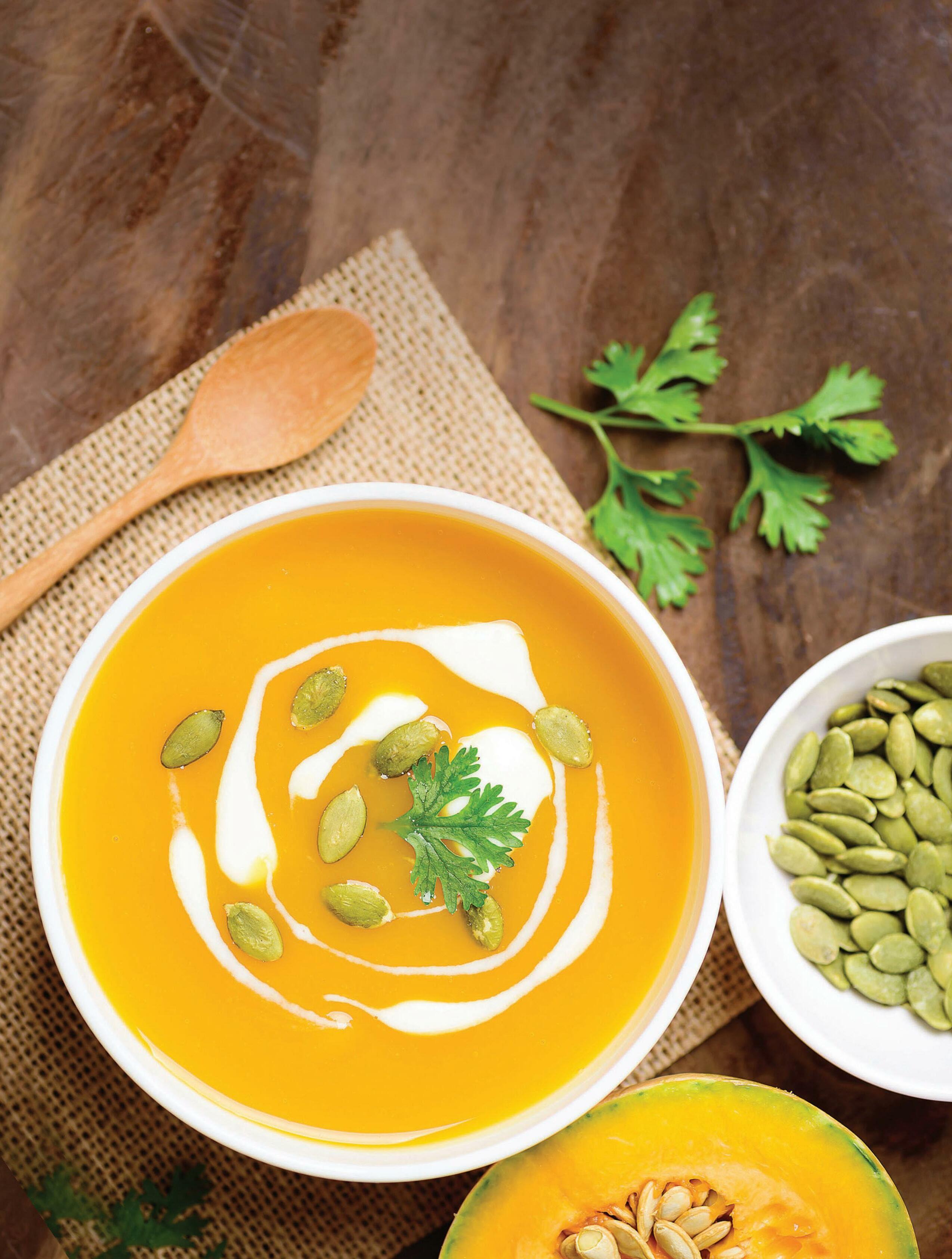
From the Taste for Life test kitchen
1 Tbsp oil 1¼ c chopped yellow onion ¾ c chopped carrot 1 Tbsp minced fresh ginger 2 cloves garlic, minced 4 c low-sodium vegetable broth 3 c cubed butternut squash ½ c sliced potato Salt Plain yogurt, optional Pumpkin seeds, optional
1. Heat oil in a soup pot over medium heat. Add onion, carrot, ginger, and garlic. Cook, stirring frequently, for 10 minutes.
2. Add broth, squash, and potato. Bring mixture to a simmer over medium-low heat and cook until squash is tender, approximately 25 minutes. Season to taste with salt.
3. Purée soup in a high-speed blender or with an immersion mixer. Transfer mixture to serving bowls. Garnish each bowl with a swirl of yogurt and a sprinkle of pumpkin seeds, if desired.
Per serving: 191 Calories, 6 g Protein, 27 g Carbohydrates, 8 g Total sugars (0 g Added sugars), 5 g Fiber, 8 g Total fat (2 g sat), 372 mg Sodium, ★★★★★ Vitamin A, ★★★ Vitamin C, Phosphorus, ★★ Vitamin B6, Magnesium, ★ Vitamin B1 (thiamine), B2 (riboflavin), B3 (niacin), E, Calcium, Folate, Iron, Potassium, Zinc
Get fit with fiber!
It’s a safe bet that adding more fiber to your life would be a sound choice, considering that most Americans do not come close to getting the recommended amounts of fiber in their daily diet.
Daily fiber goals should be 38 grams for men and 25 grams for women, according to Kristi Veltkamp, a registered dietitian with the Spectrum Health medical system in Michigan.
If your fitness goals include lightening the number on the bathroom scale, then fiber can lend a hand. Increasing your fiber intake improves satiety, since fiber takes longer to break down and thus contributes to a feeling of fullness. And foods high in fiber are typically low in calories.
“Fiber’s slow breakdown helps regulate blood sugar levels—meaning you’ll have more consistent energy levels throughout the day, which is a great benefit for those wanting to lose weight because they’ll be more active spontaneously while having more energy for their workouts,” said certified personal trainer Erin Mahoney.
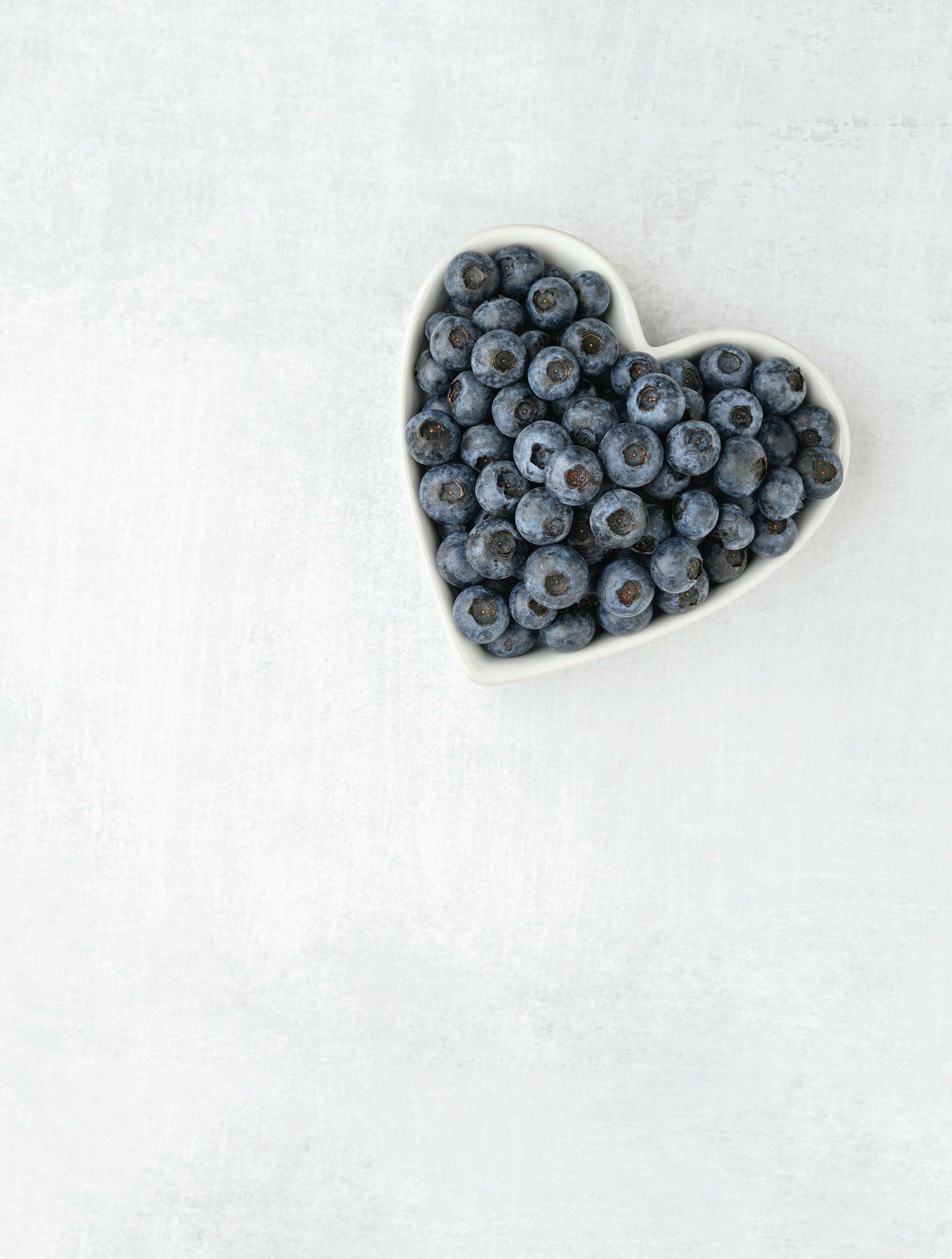
That’s not all: Counting fiber (instead of calories) can inadvertently cause weight loss. “For example, if you’re counting and hitting your fiber needs, you’re probably eating foods lower in calories and feeling fuller longer,” Mahoney said. ●
SOURCES Personal communication: Erin Mahoney, Kristi Veltkamp
More Fiber Benefits
There are other important reasons to focus on fiber. Fiber contributes to a wellrunning GI system, which in turn means that your body is breaking down and absorbing vitamins, minerals, and other essential nutrients.
Supporting the good bacteria living in your gut represents yet another fiber perk. As Veltkamp sums it up: “These good bacteria help to digest our food, absorb nutrients, and can also improve brain health and immune function. Thinking clearly and not being sick goes a long way toward improving your exercise performance!”
Fast Fact: Where to Find Fiber
Soluble fiber (lowers cholesterol and blood sugar): apples, citrus fruits, oats, carrots, potatoes, psyllium supplements
Insoluble fiber (regulates elimination): whole grains, leafy greens, avocados, nuts, seeds
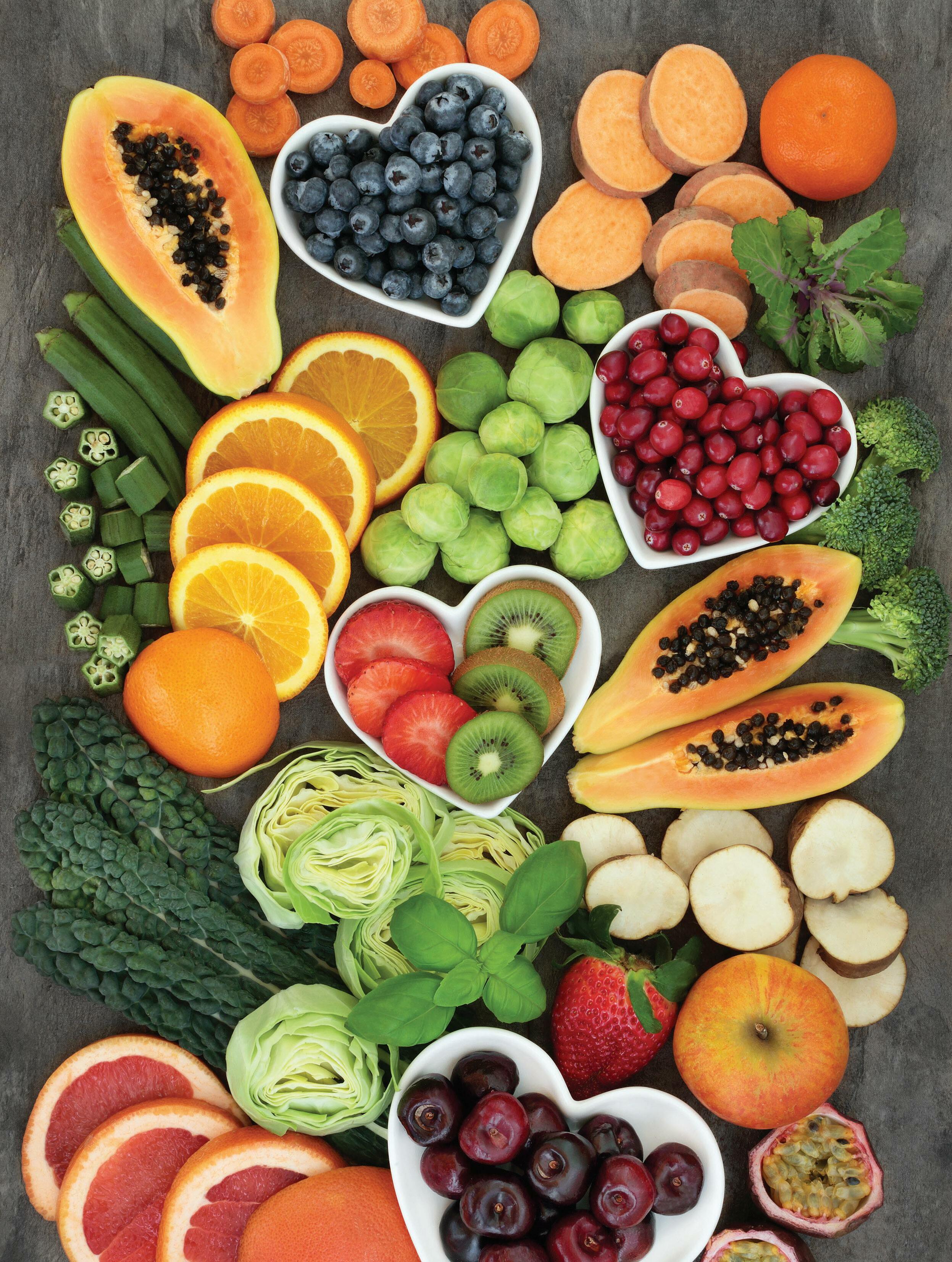

Blue Diamond Nut-Thins
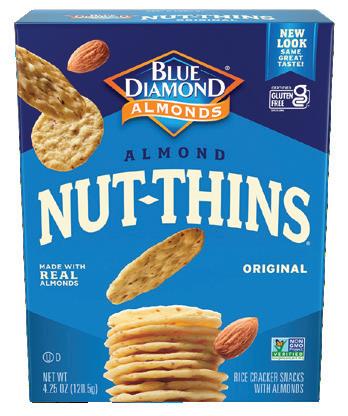
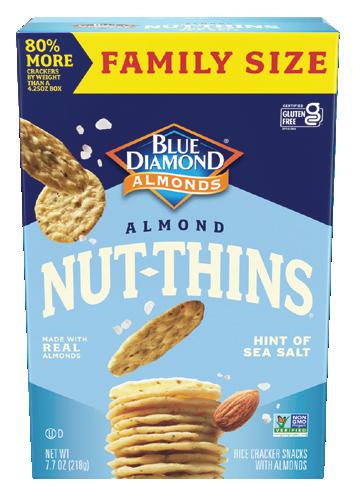
Kettle & Fire Classic Bone Broths


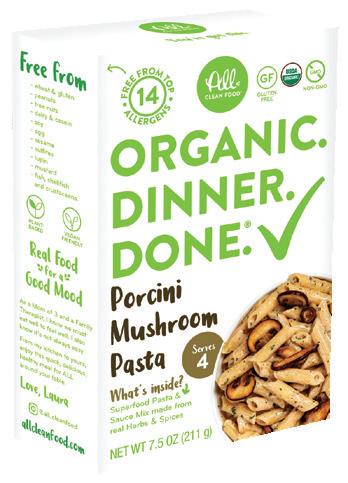
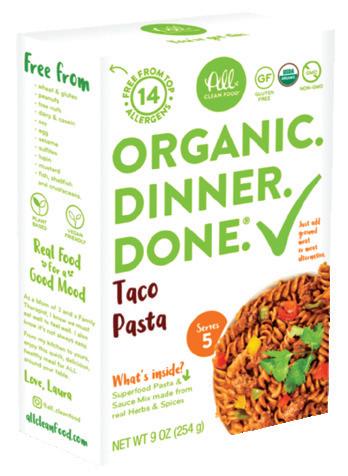




Jump-start


Majans Bhuja Snack Mixes Nixie
